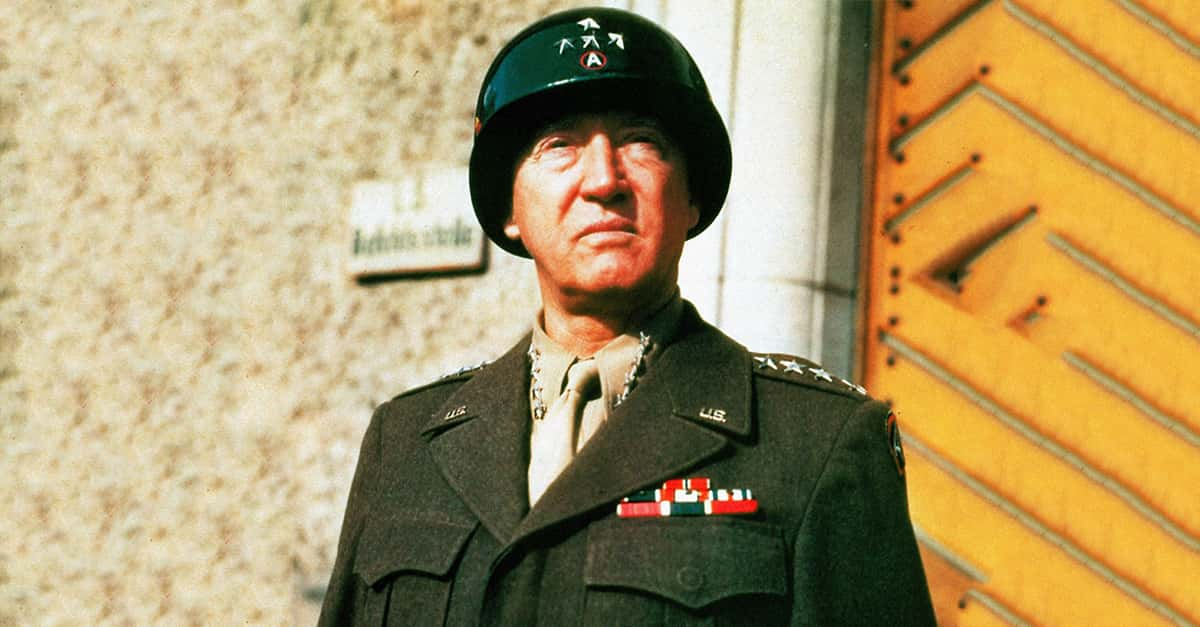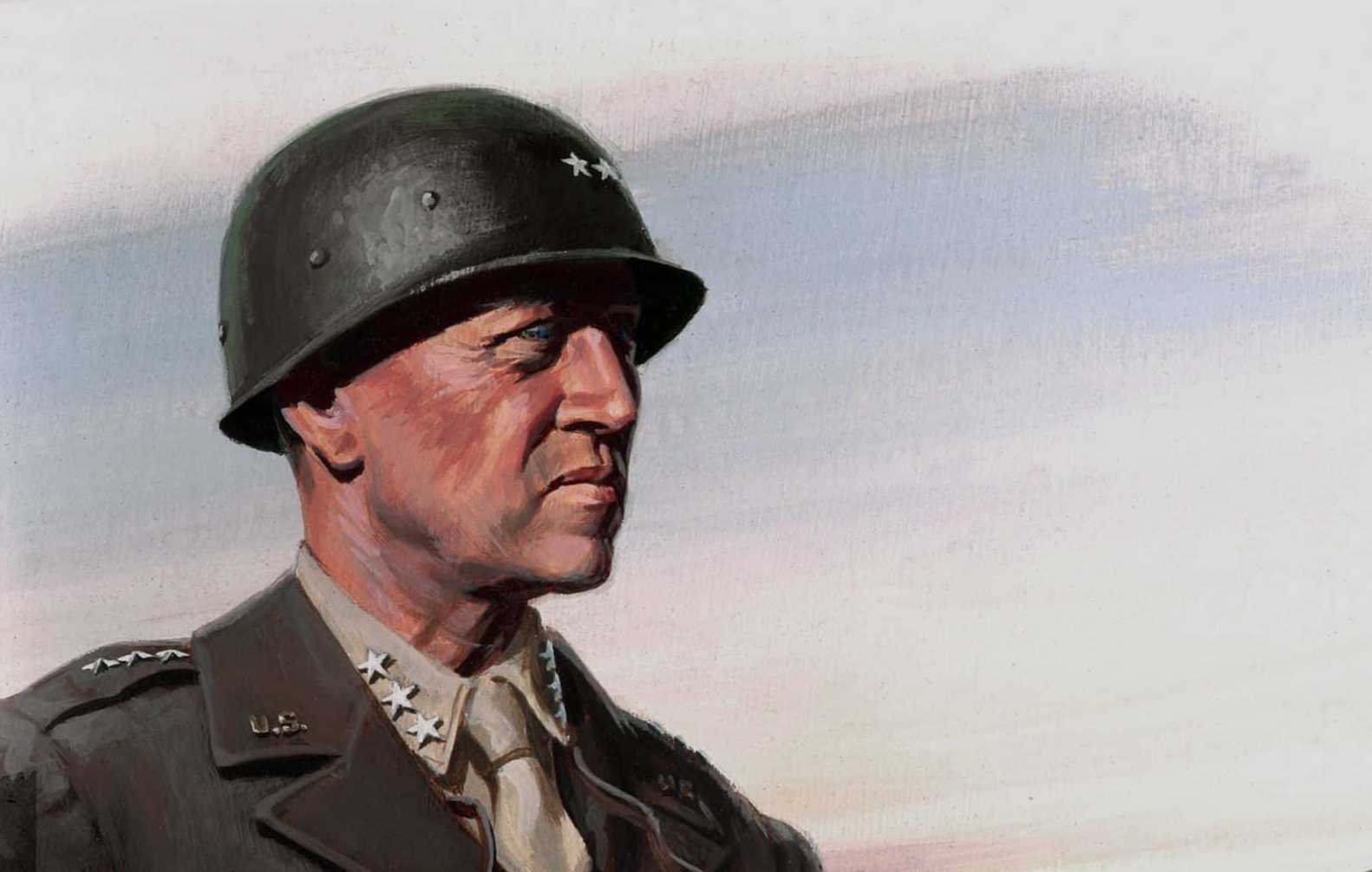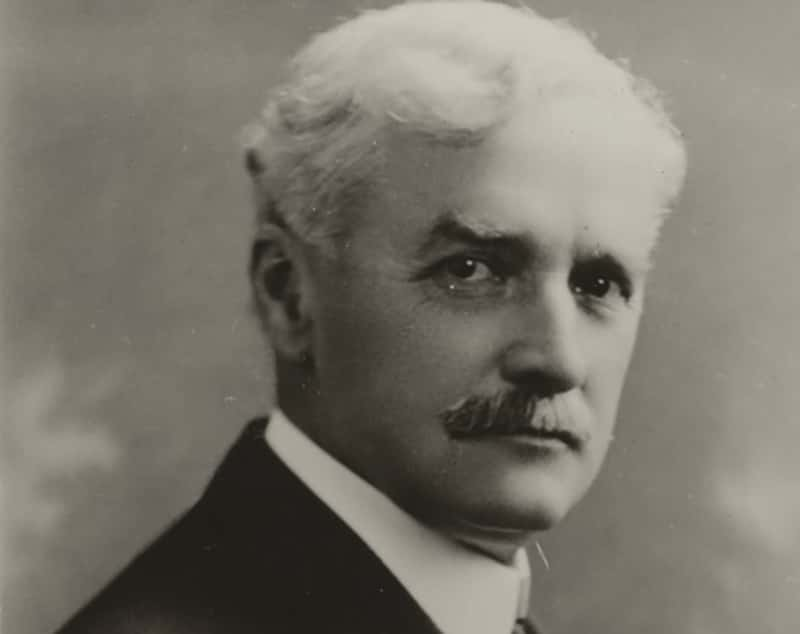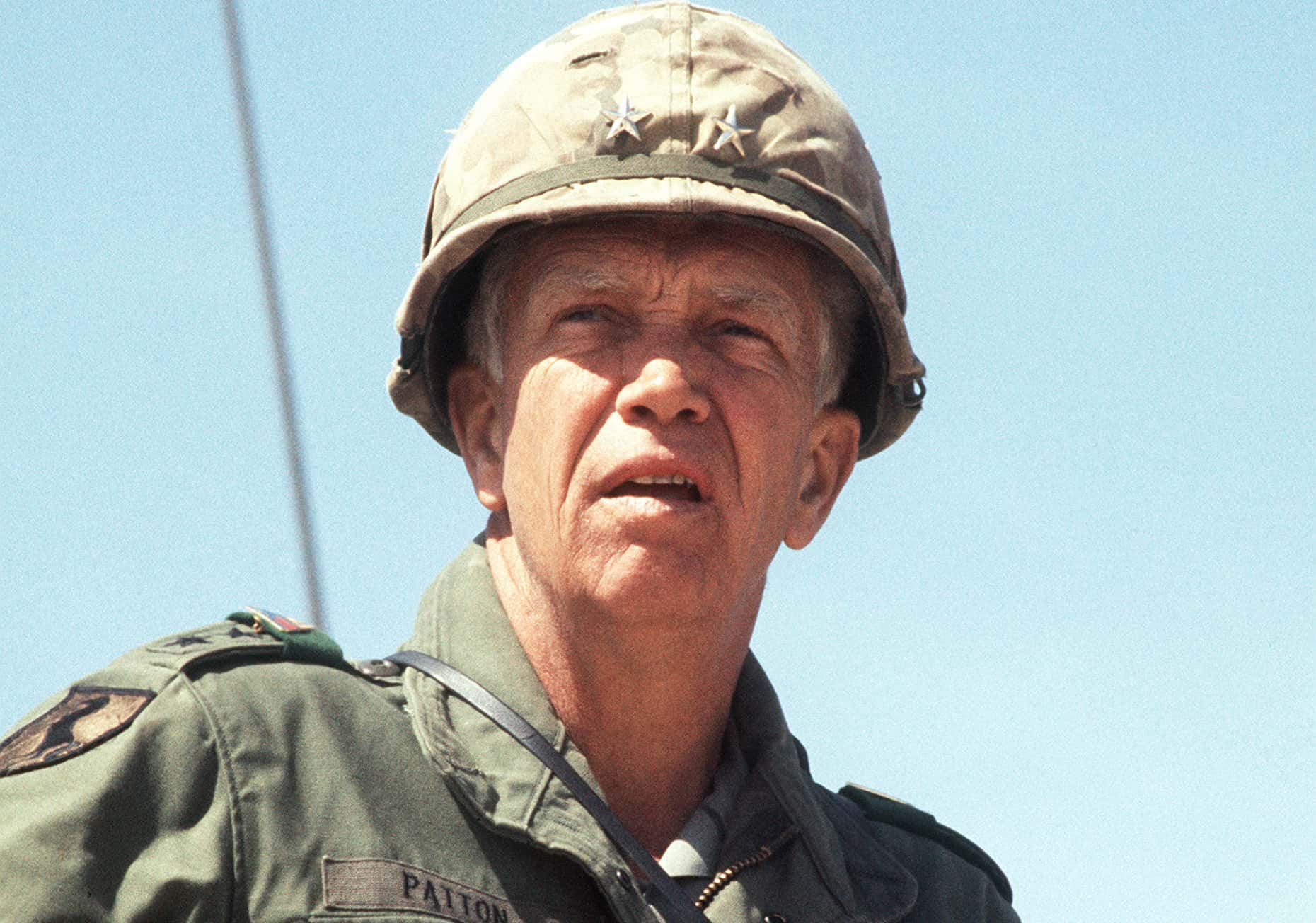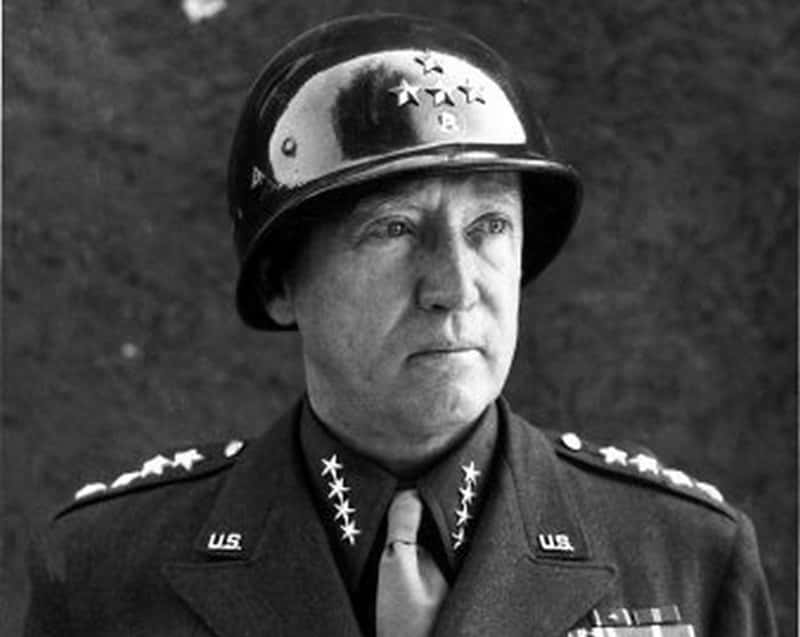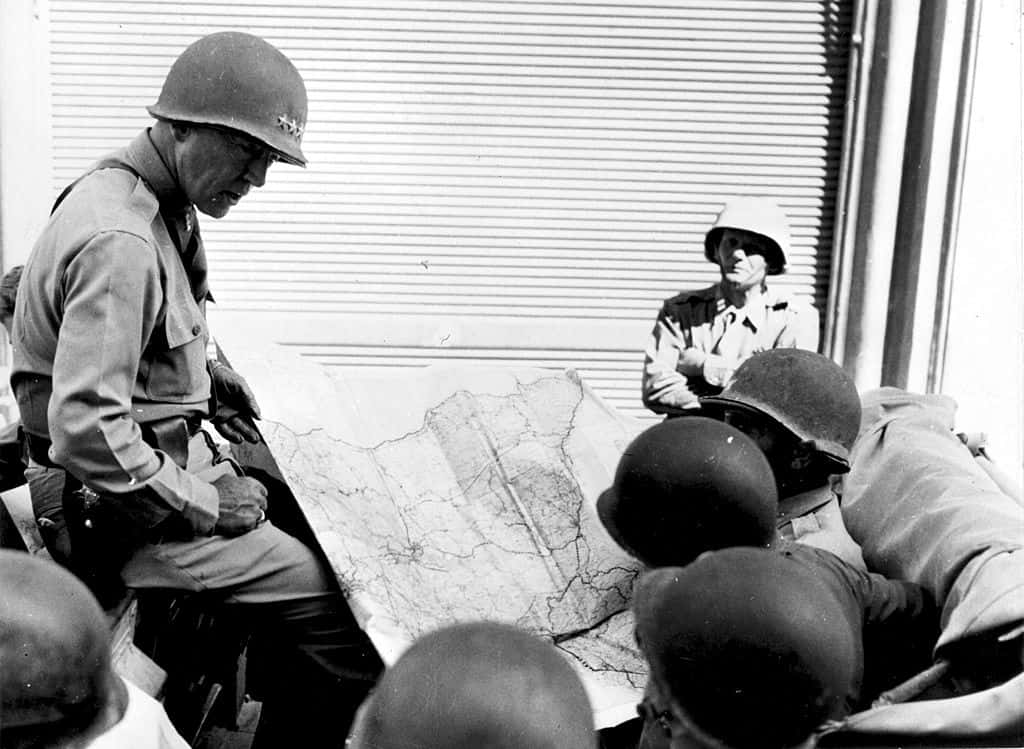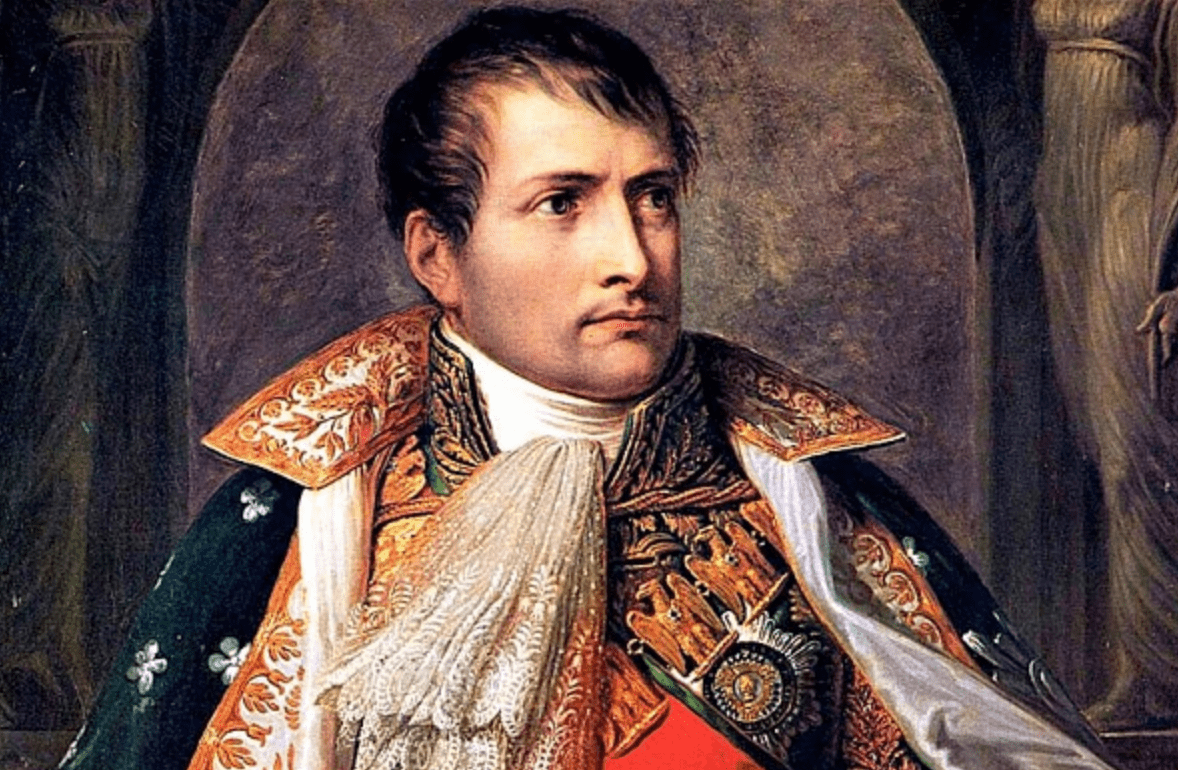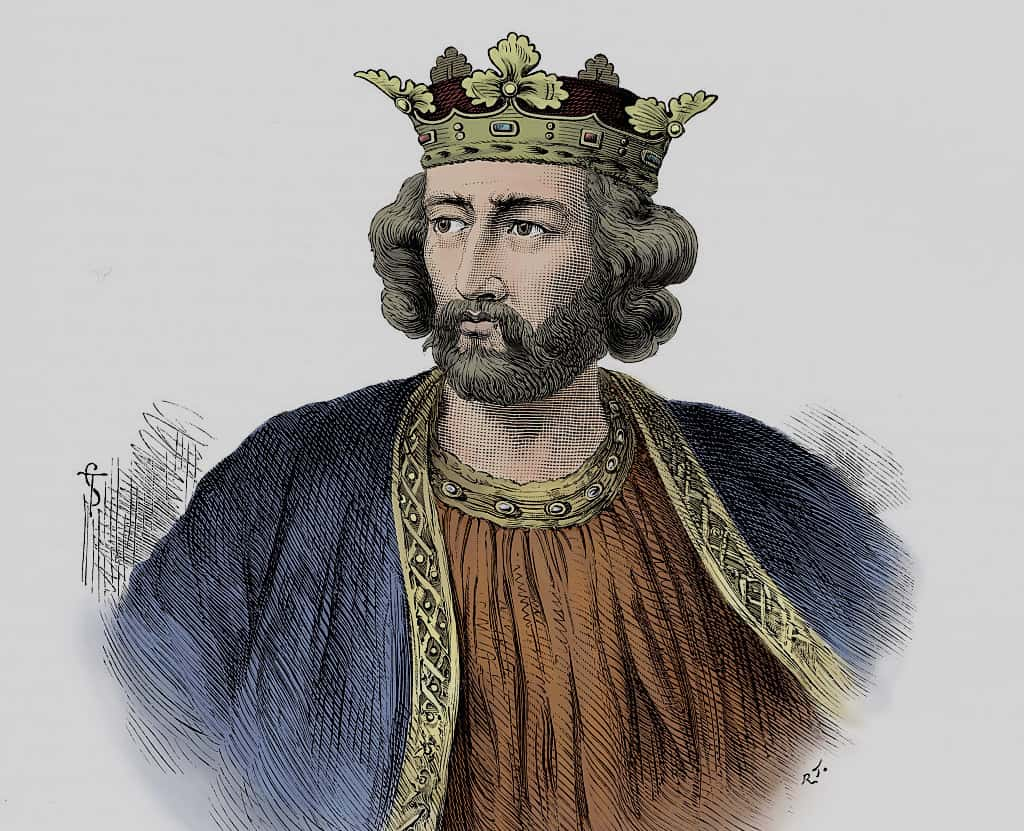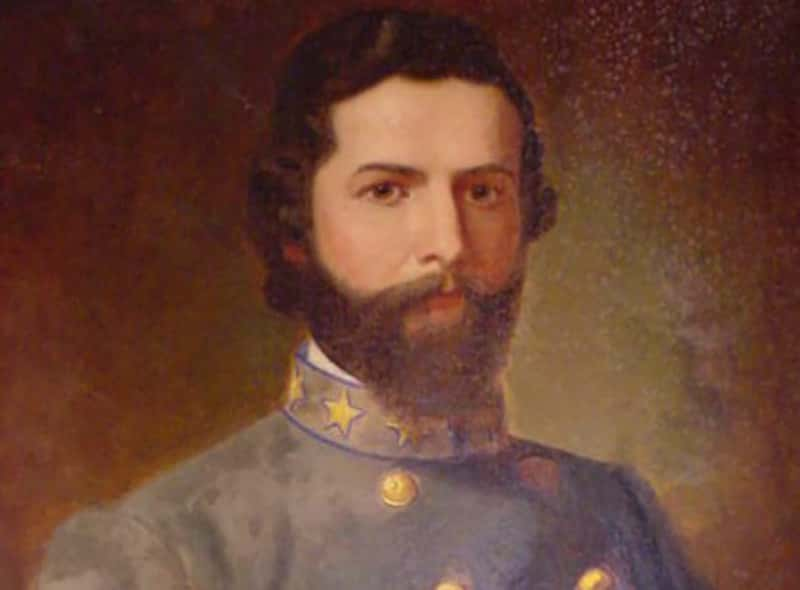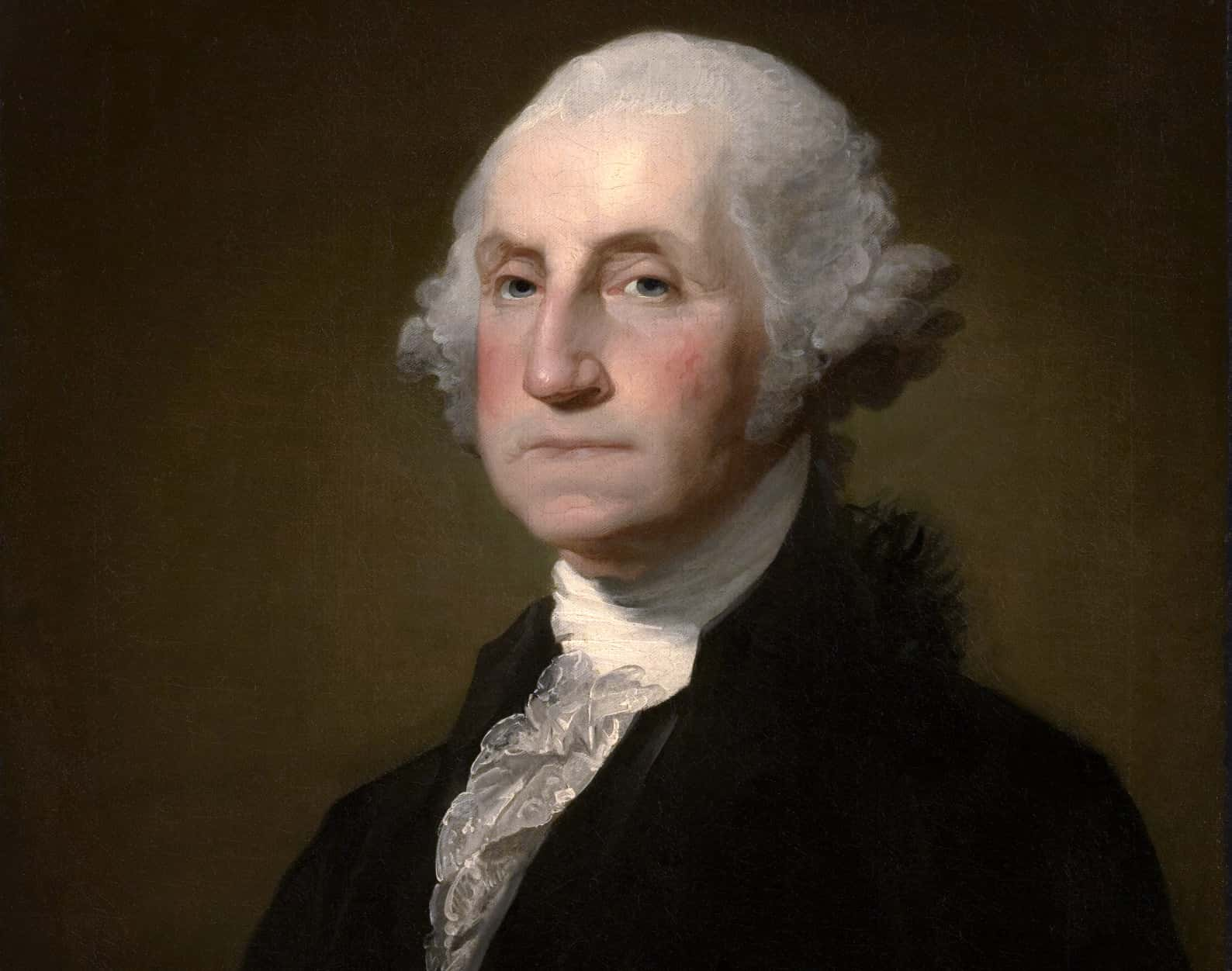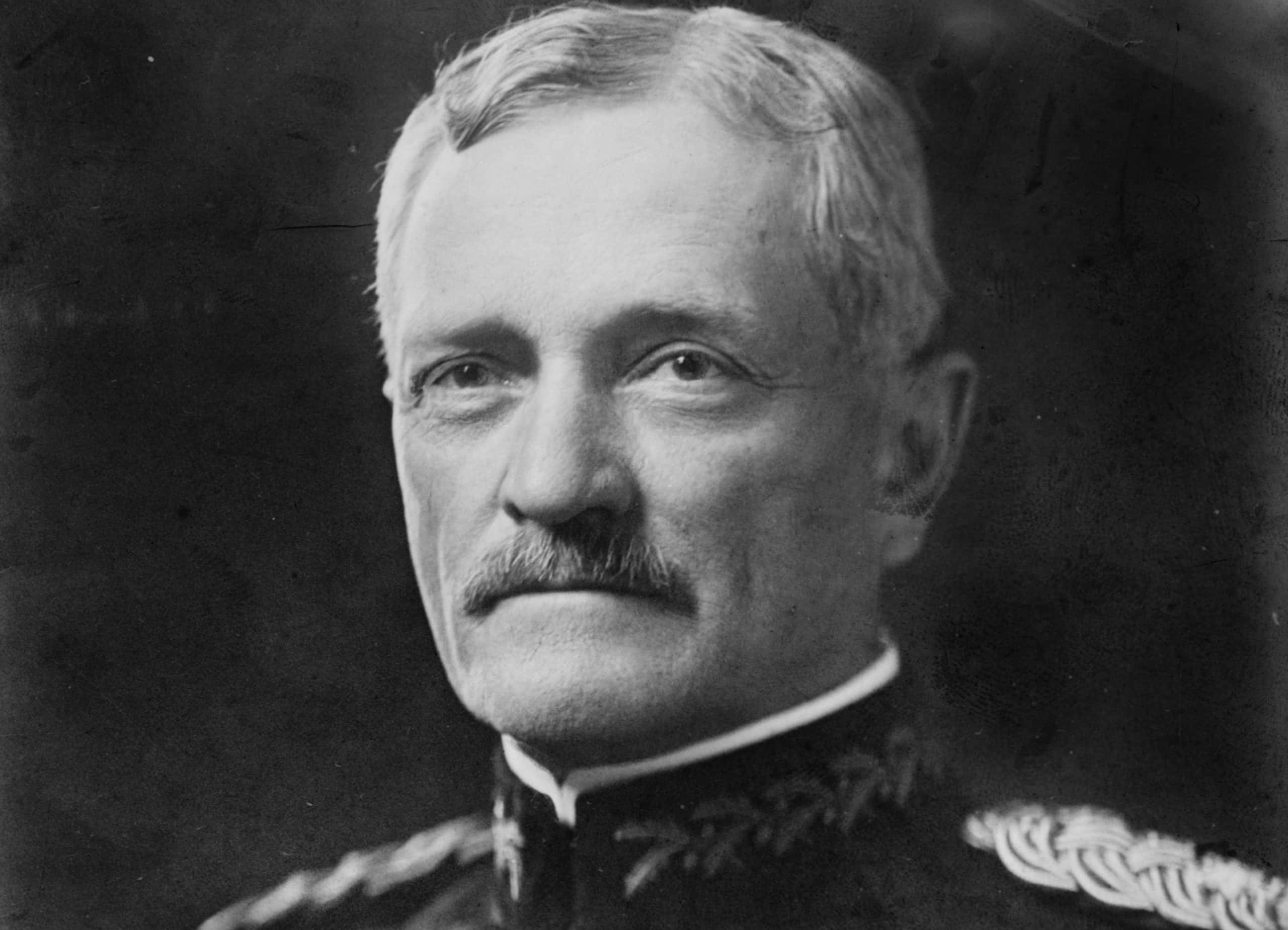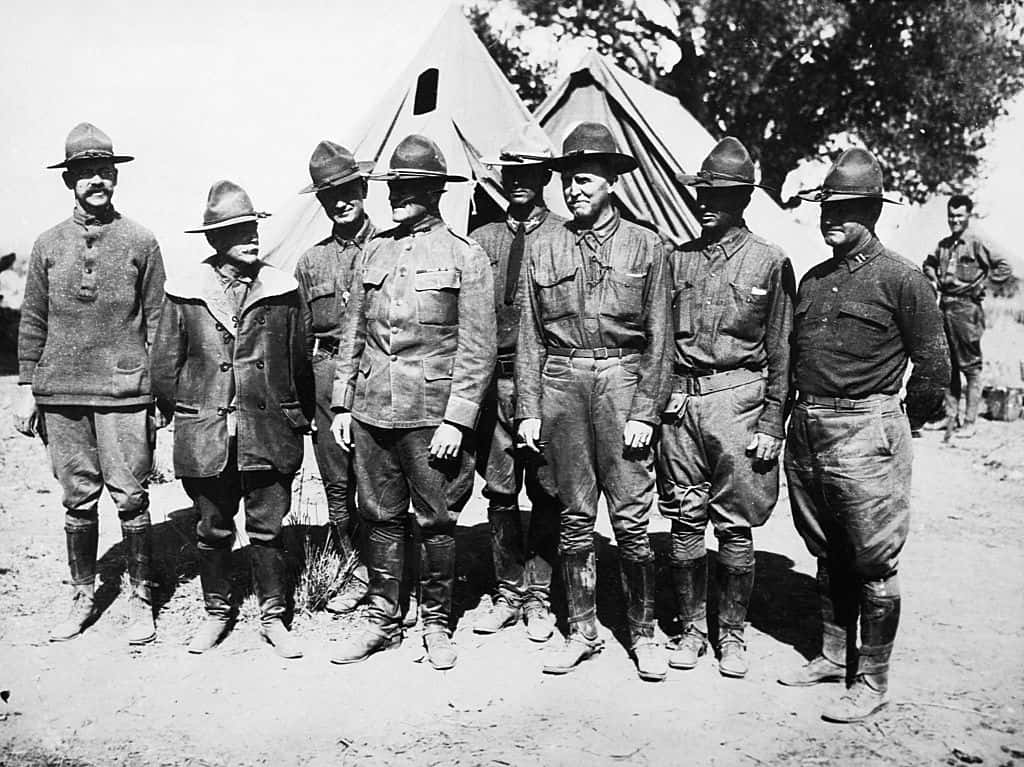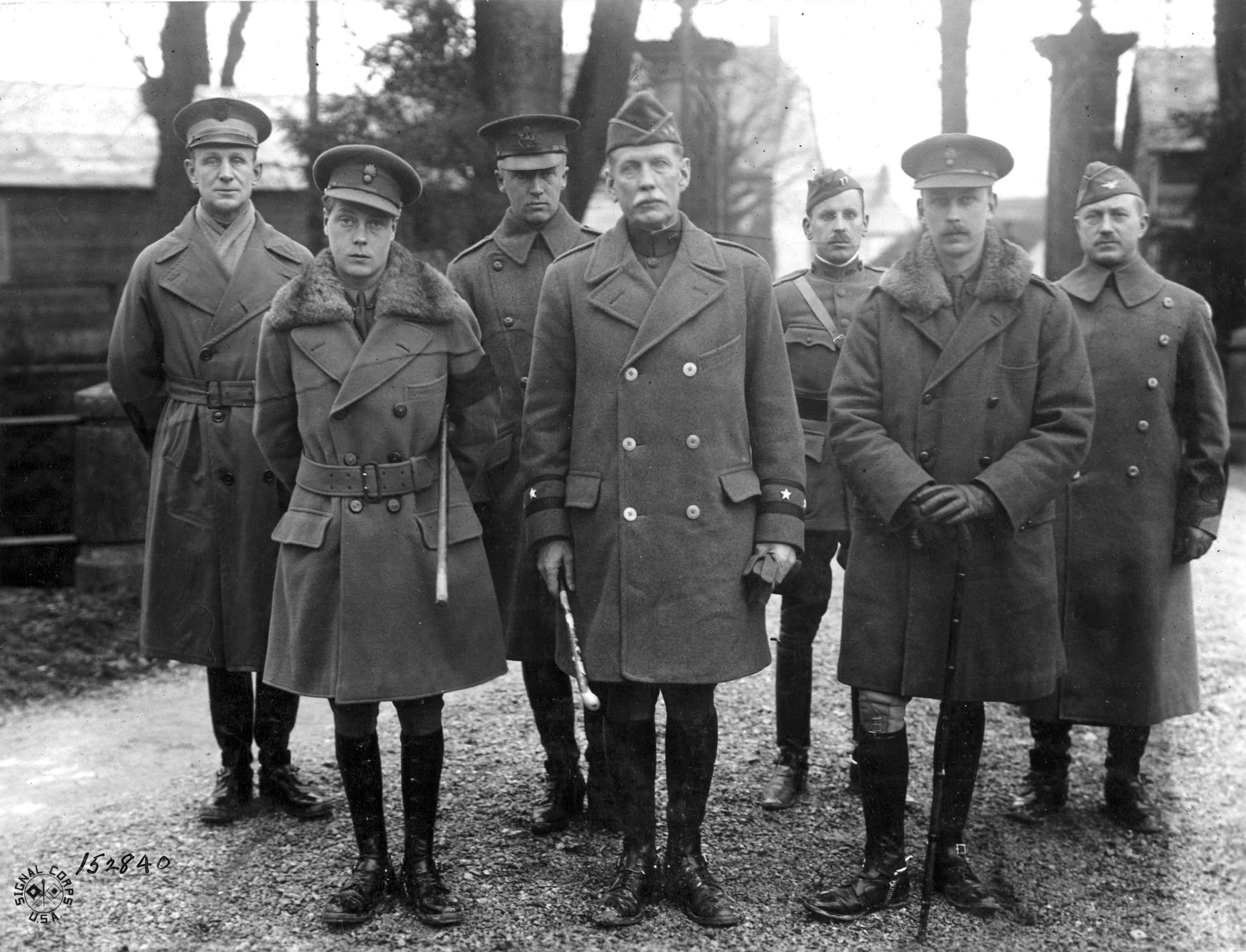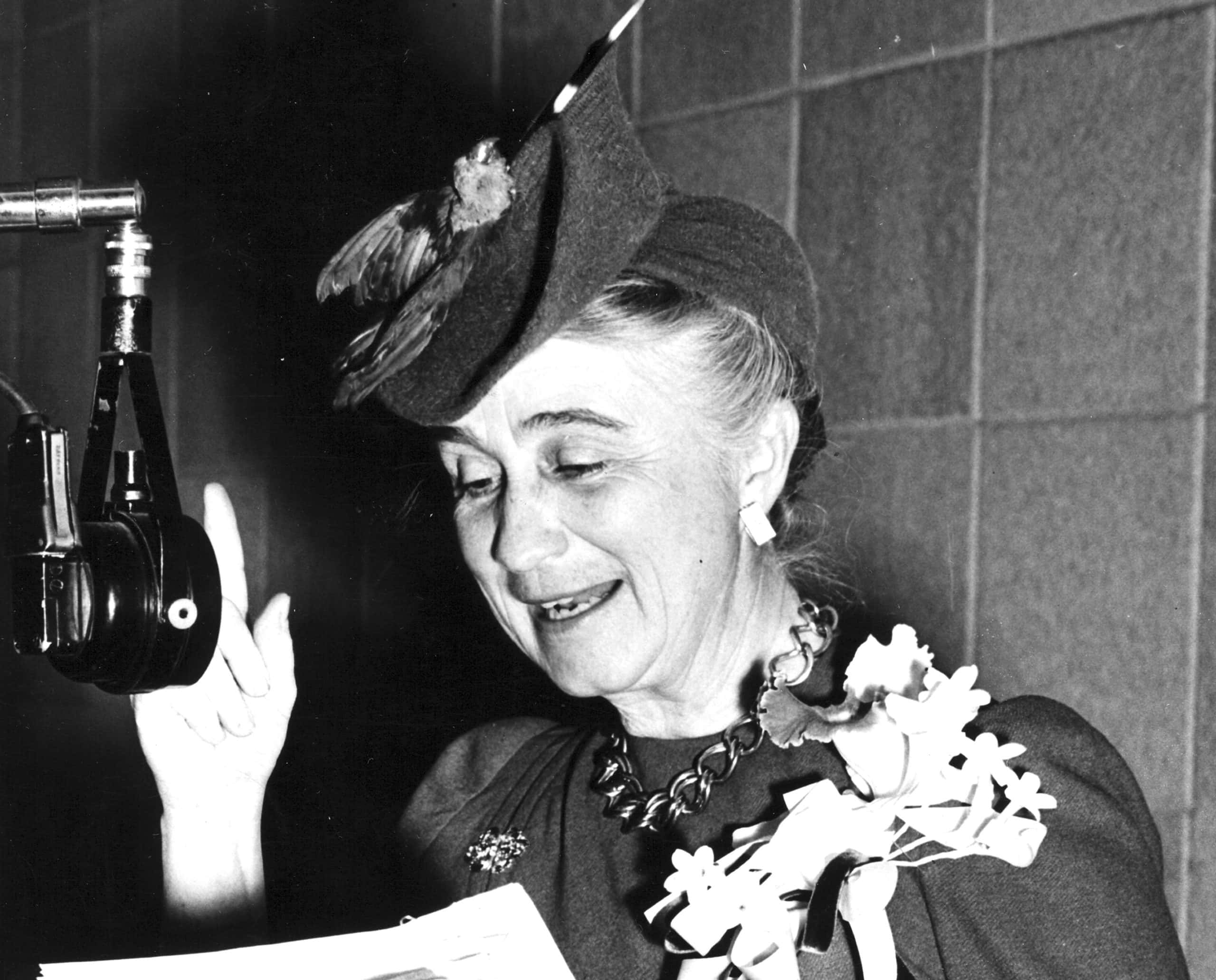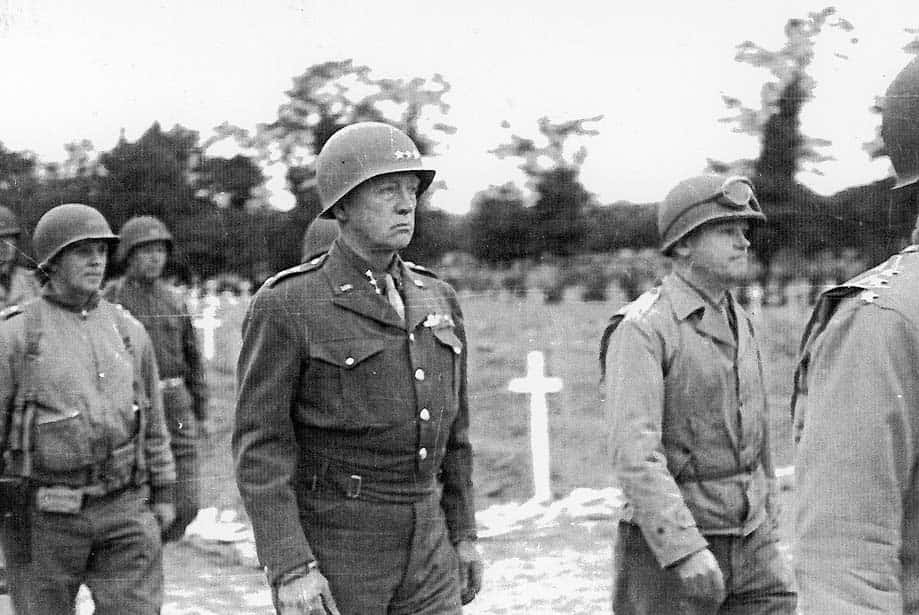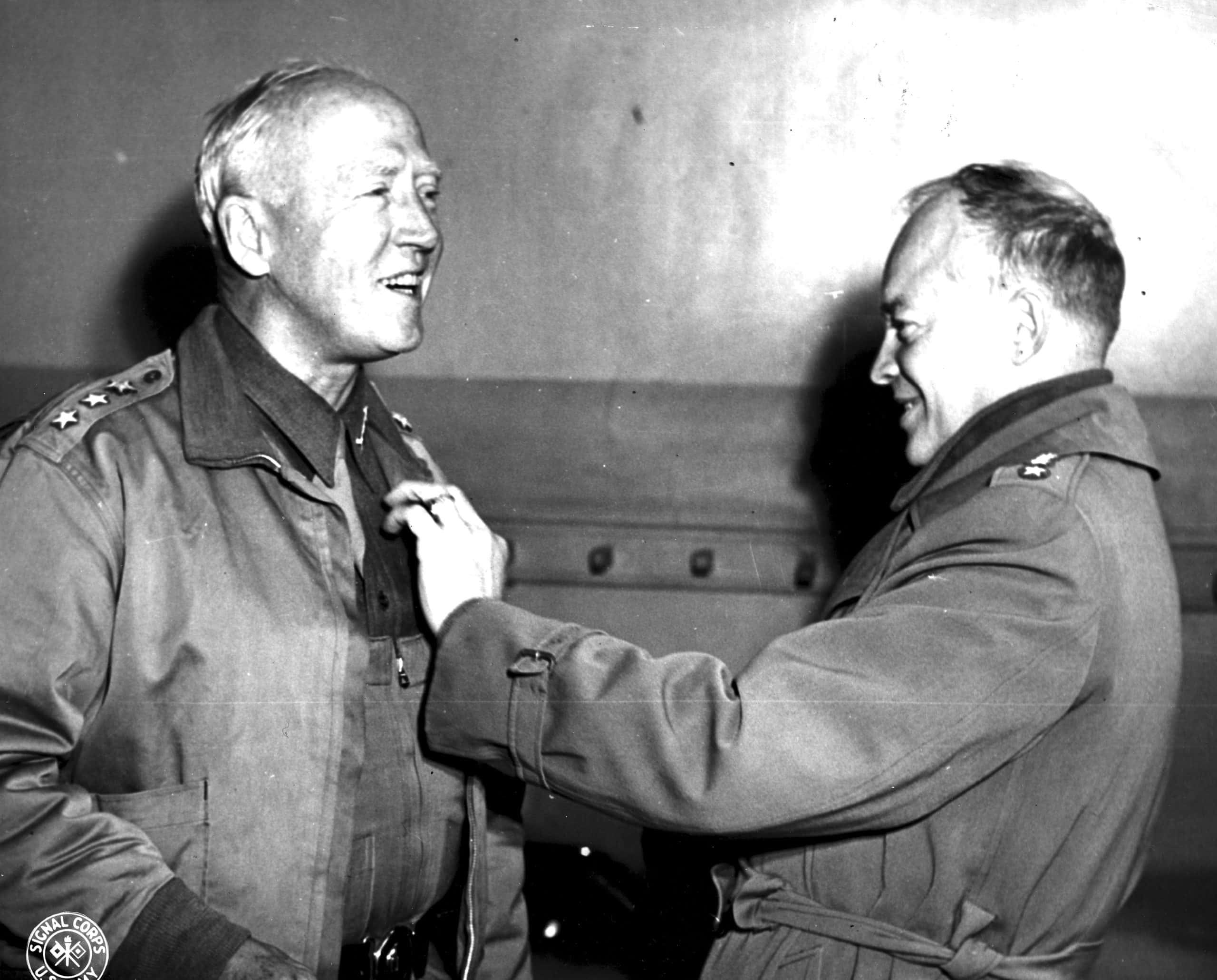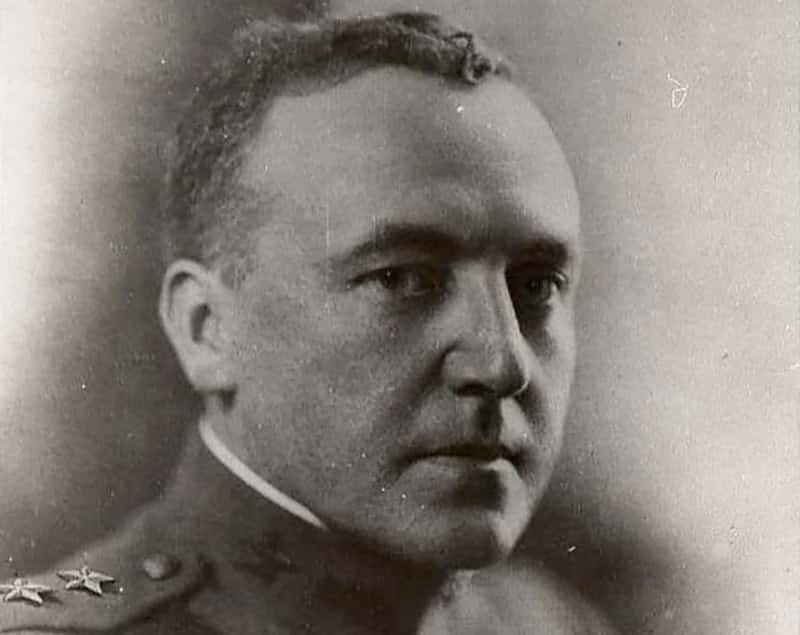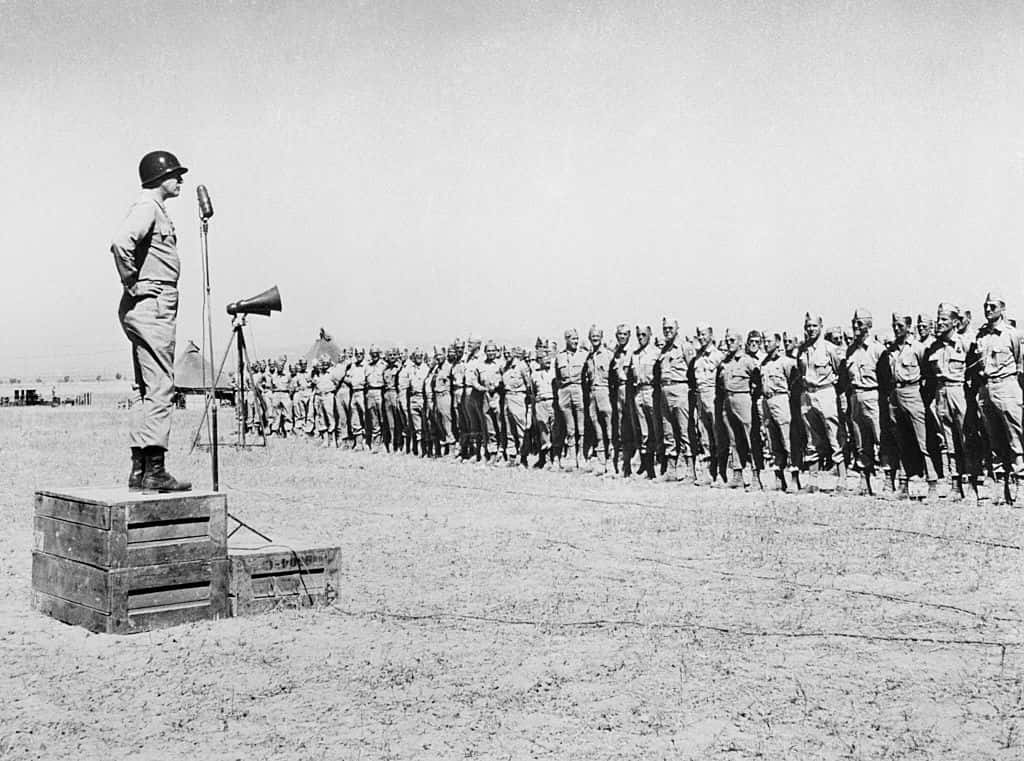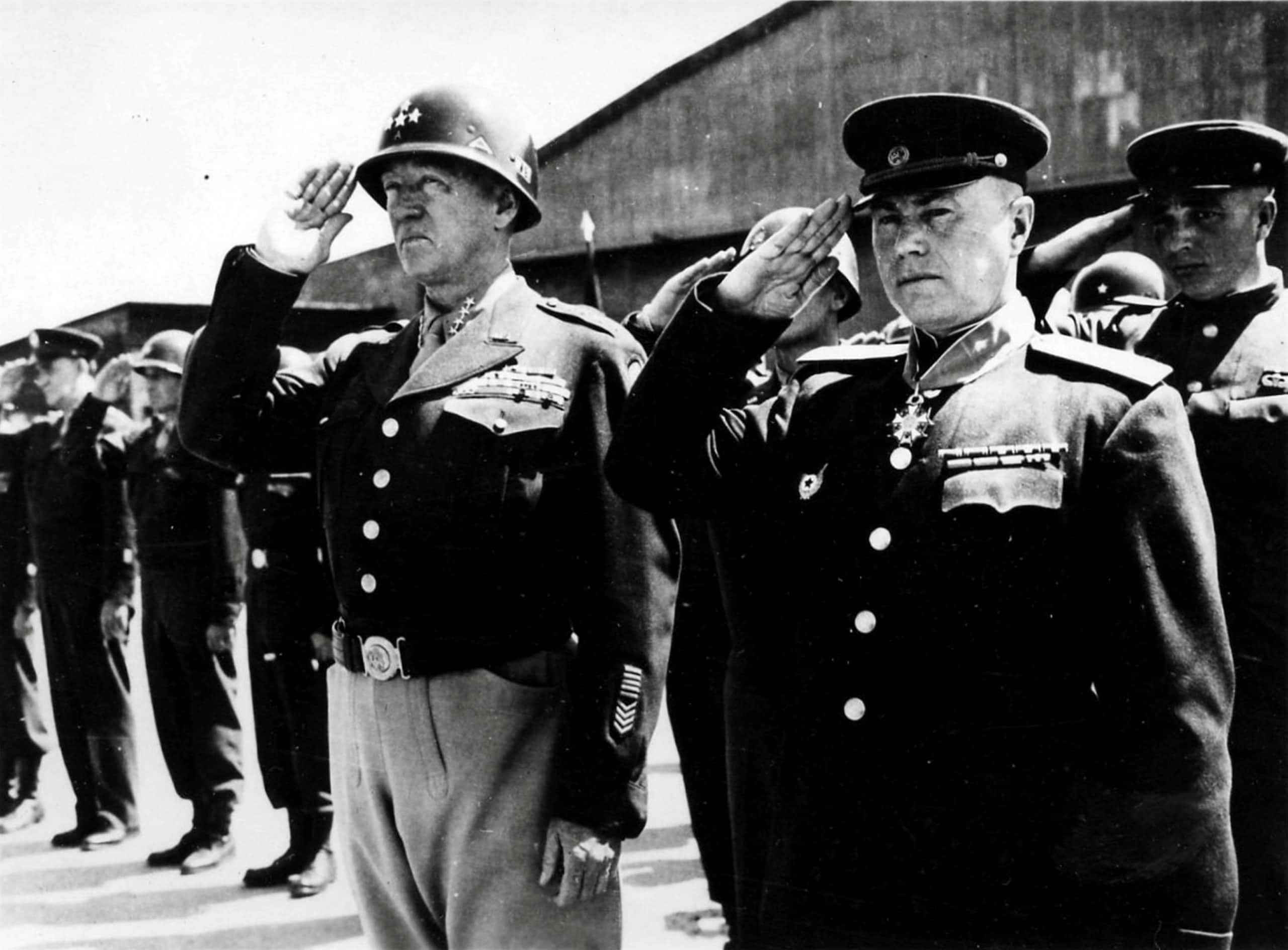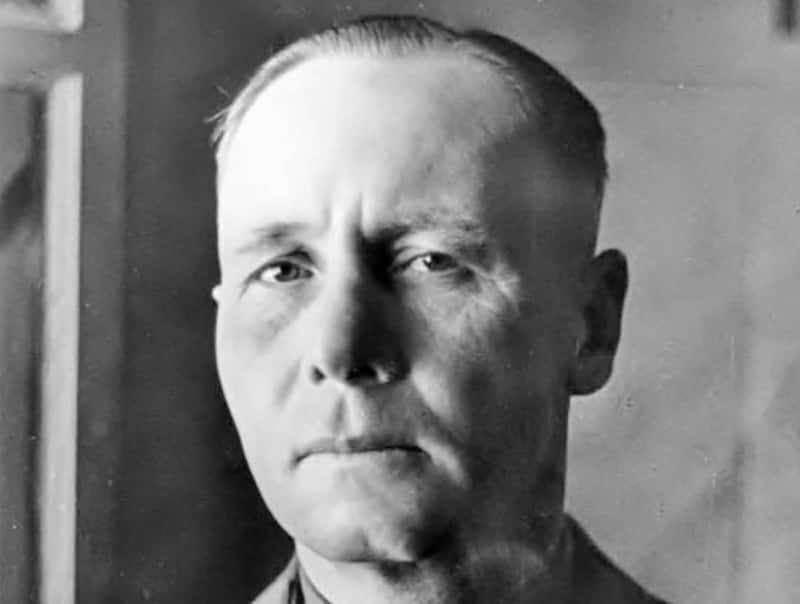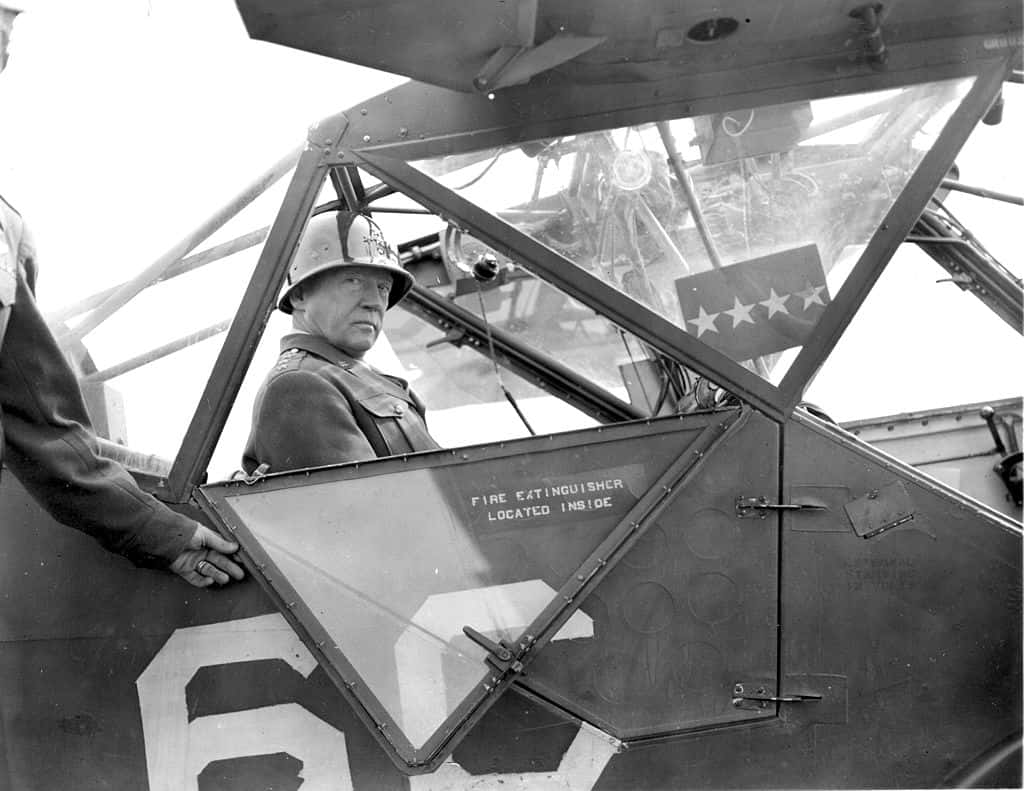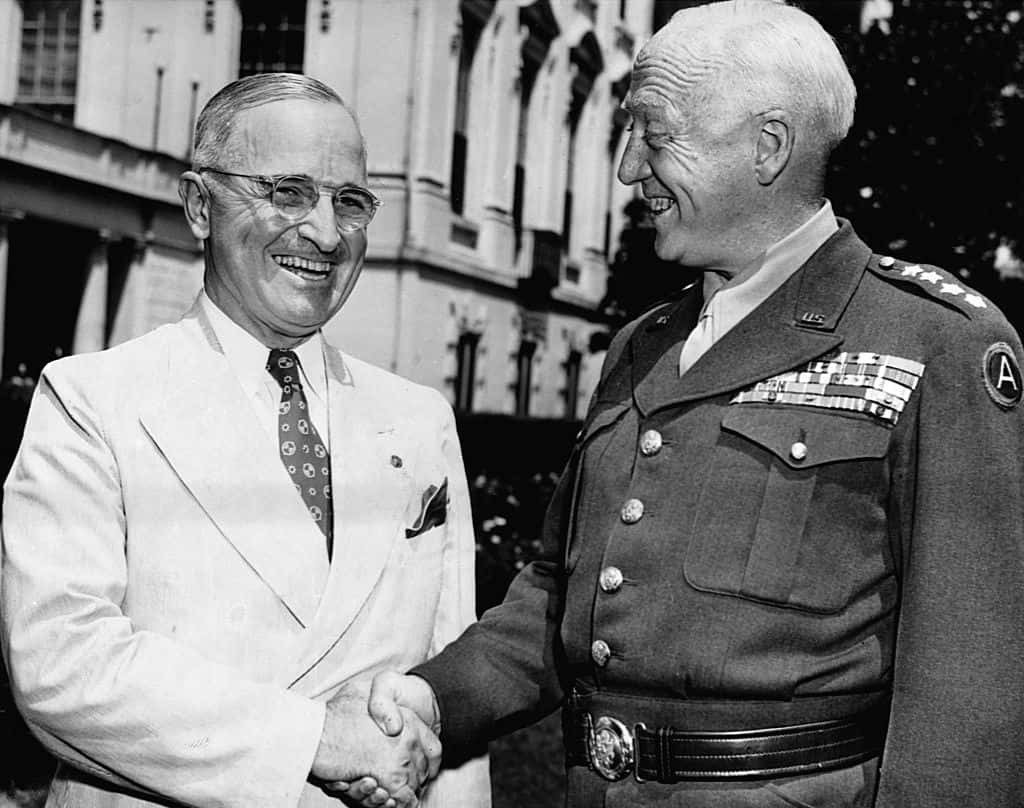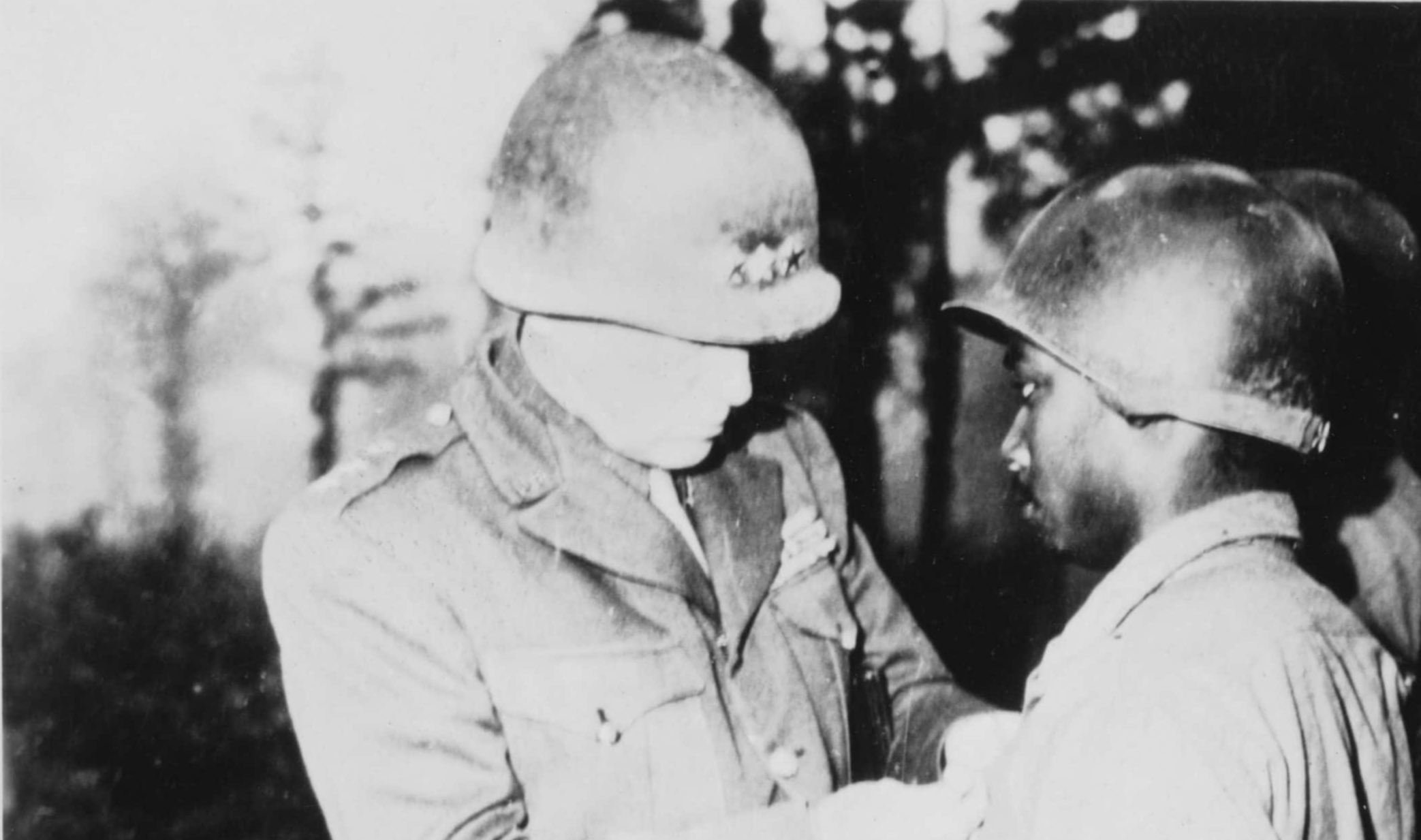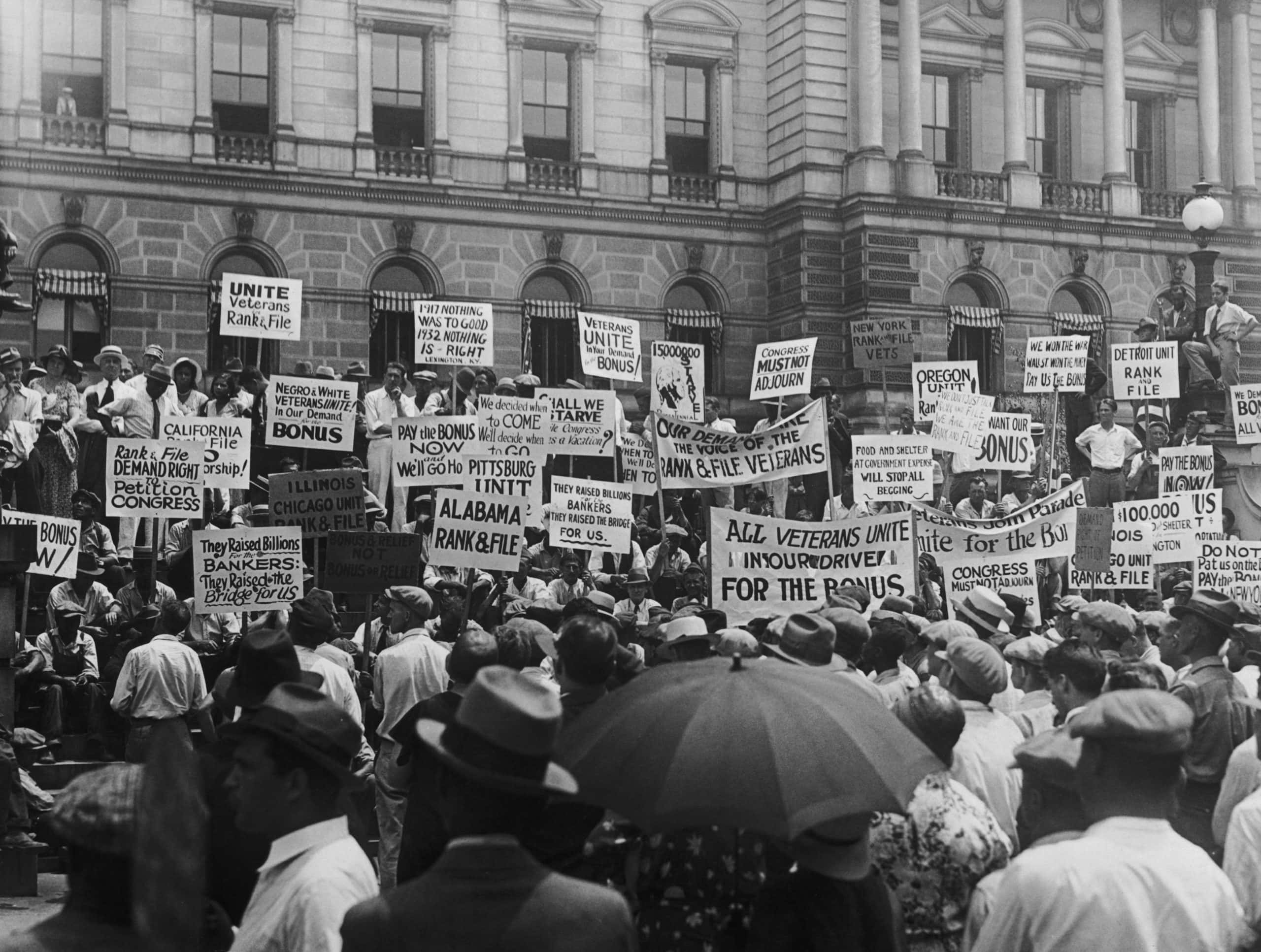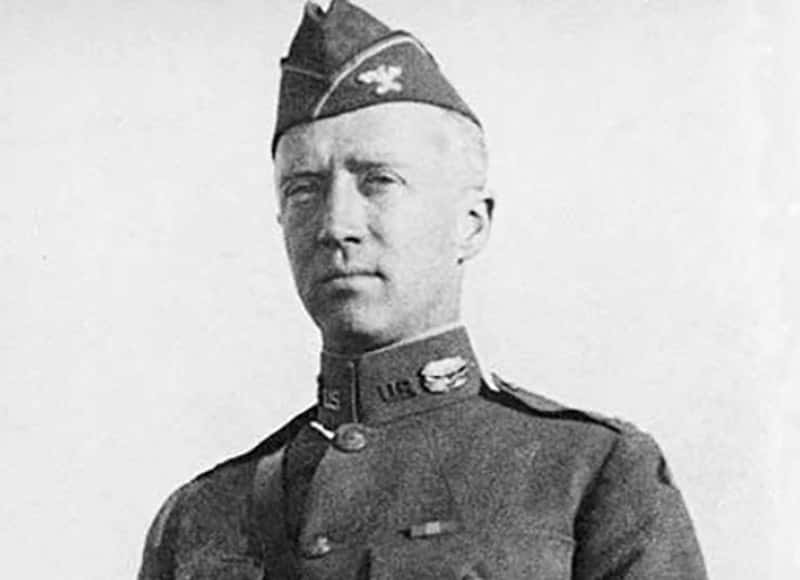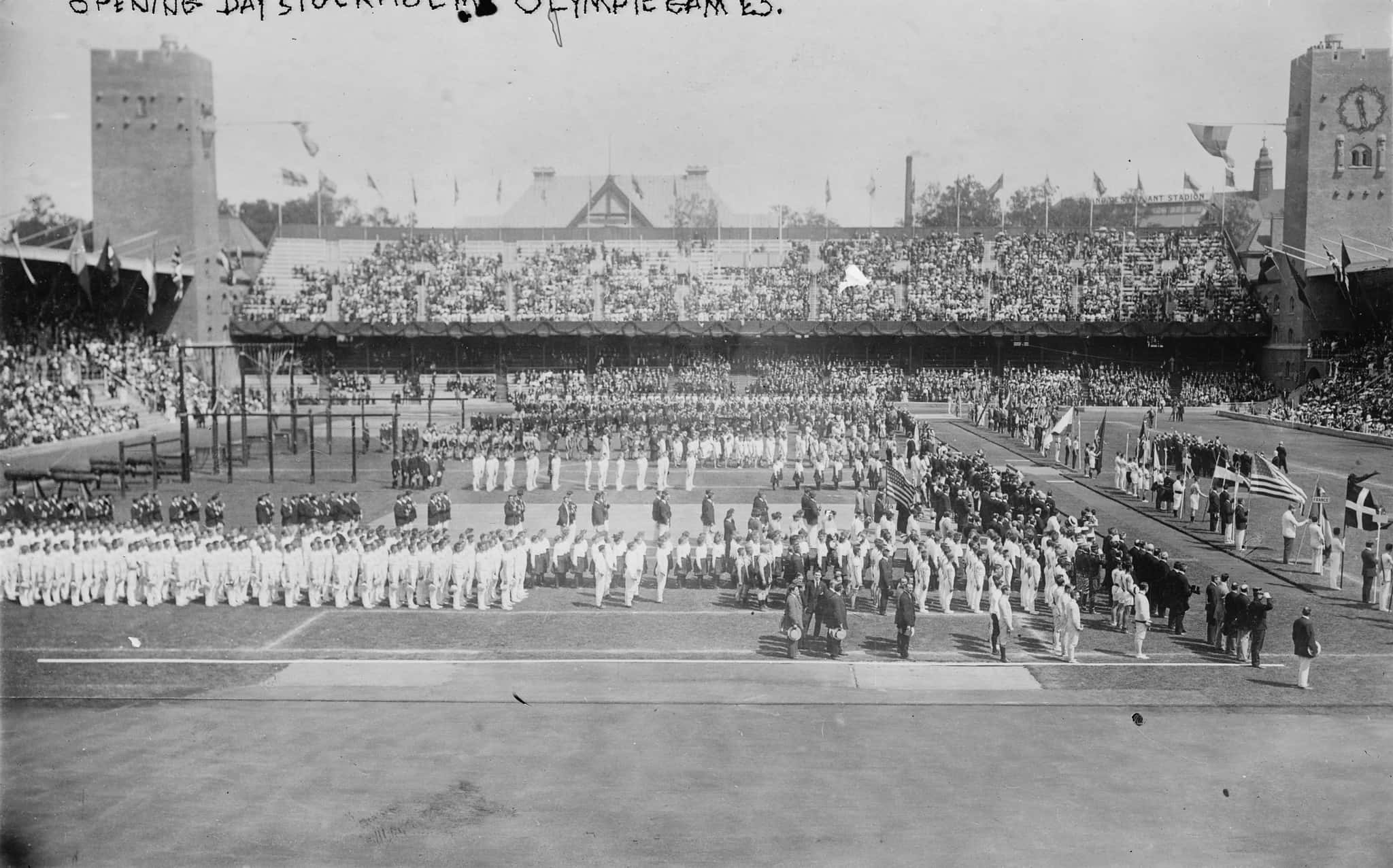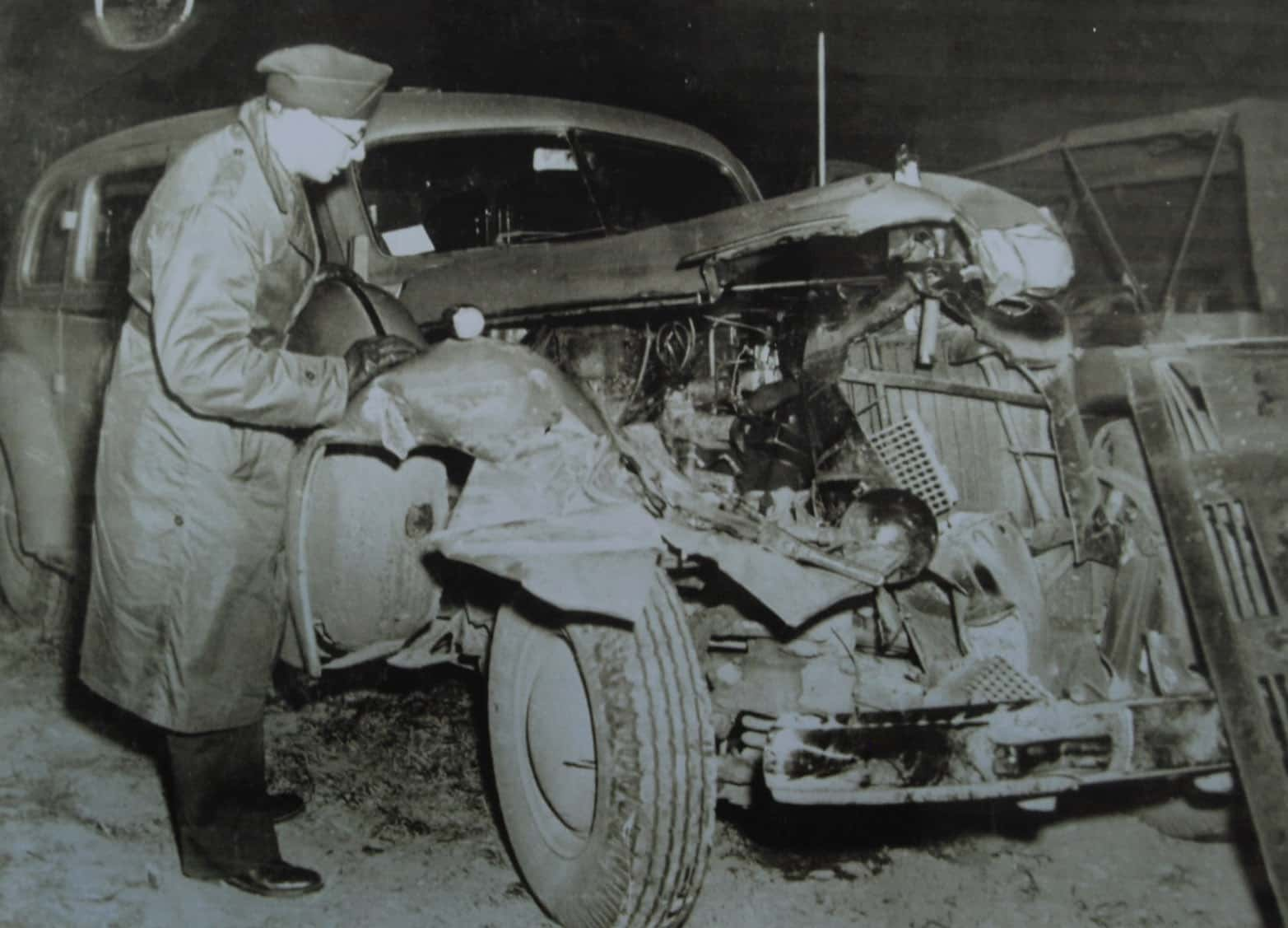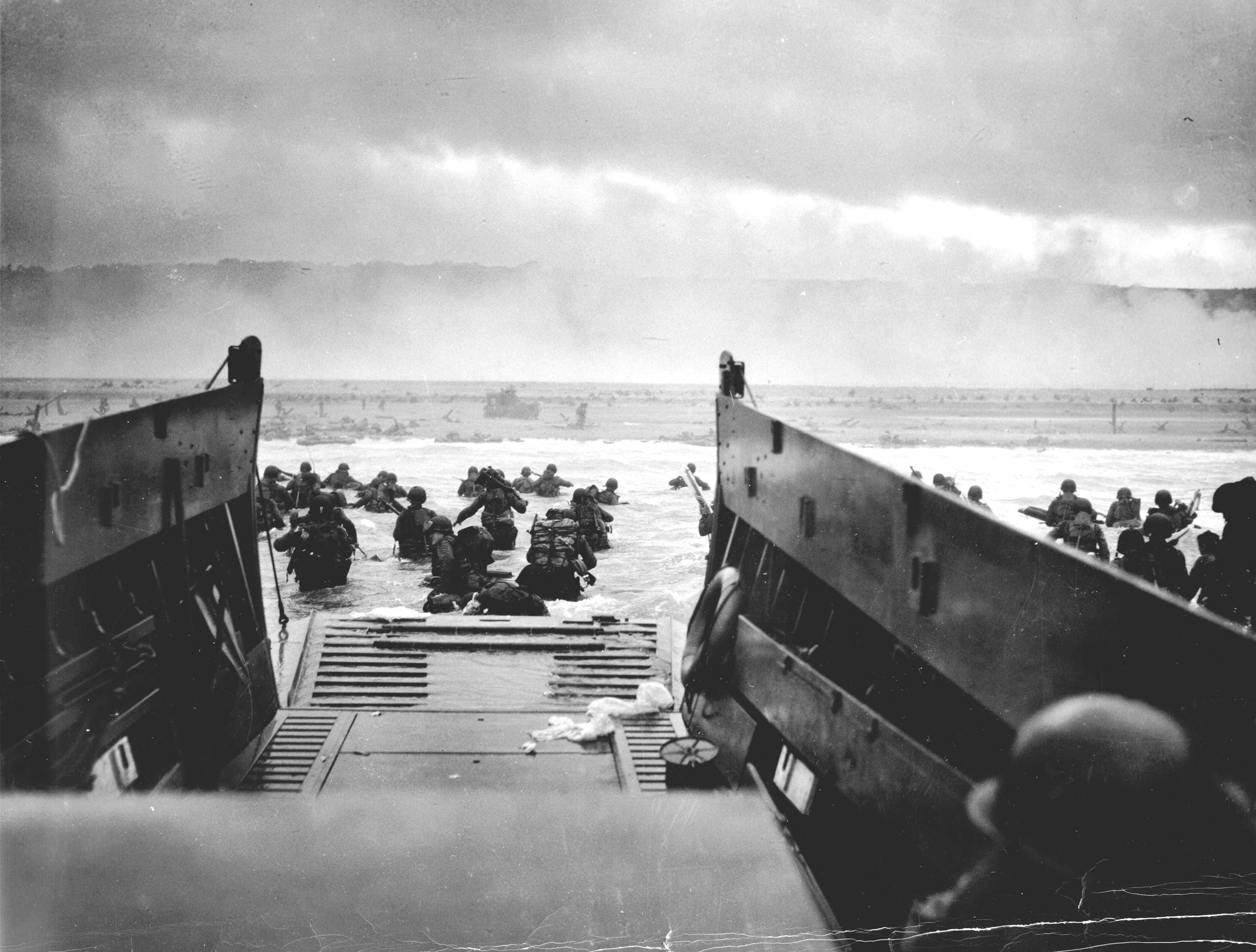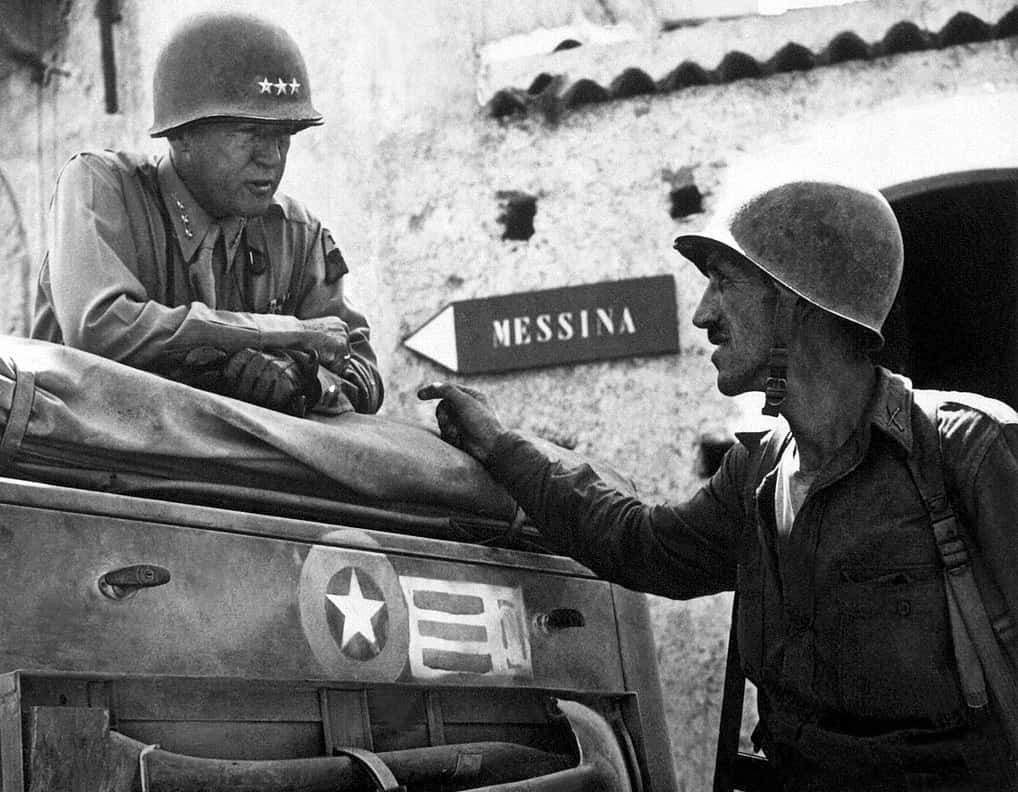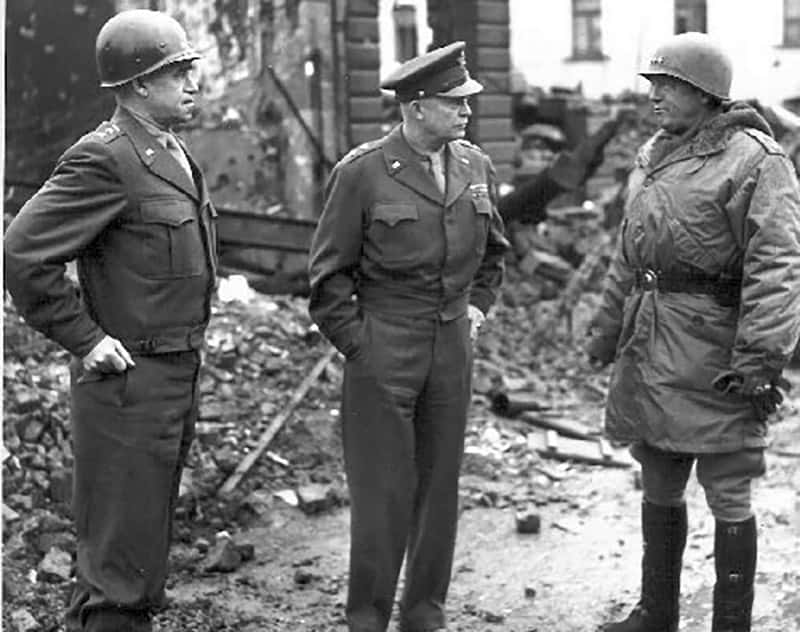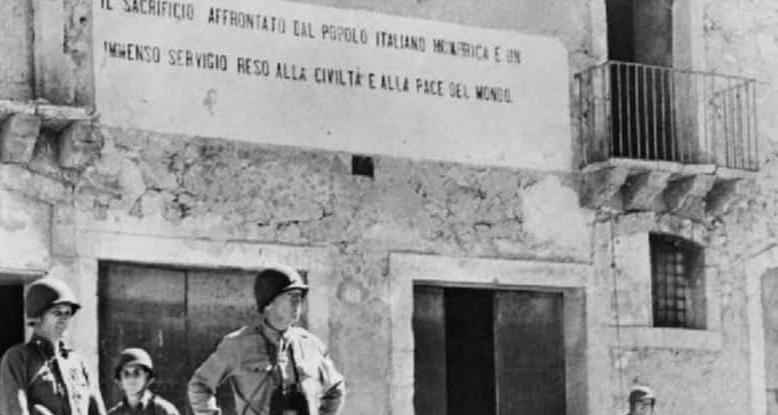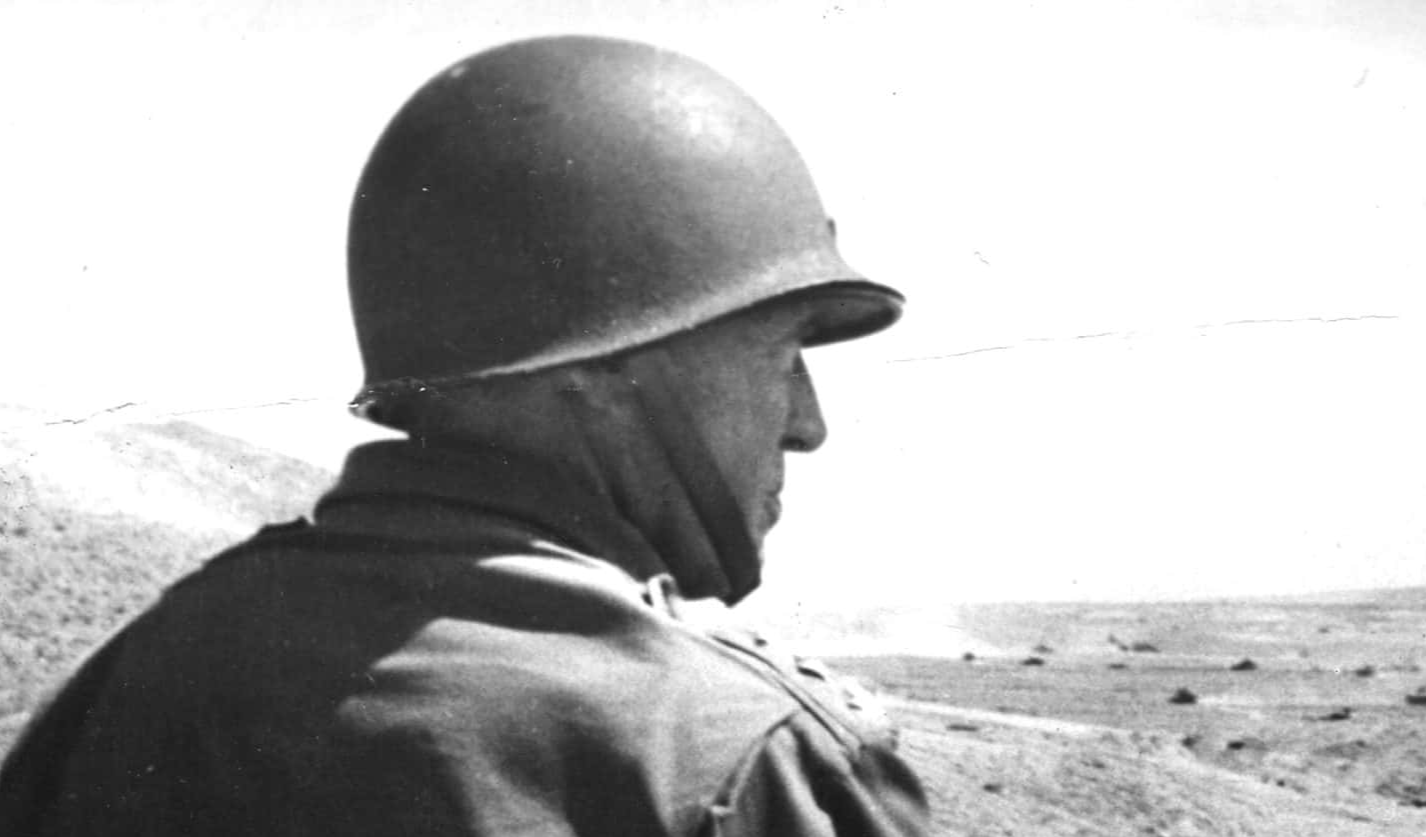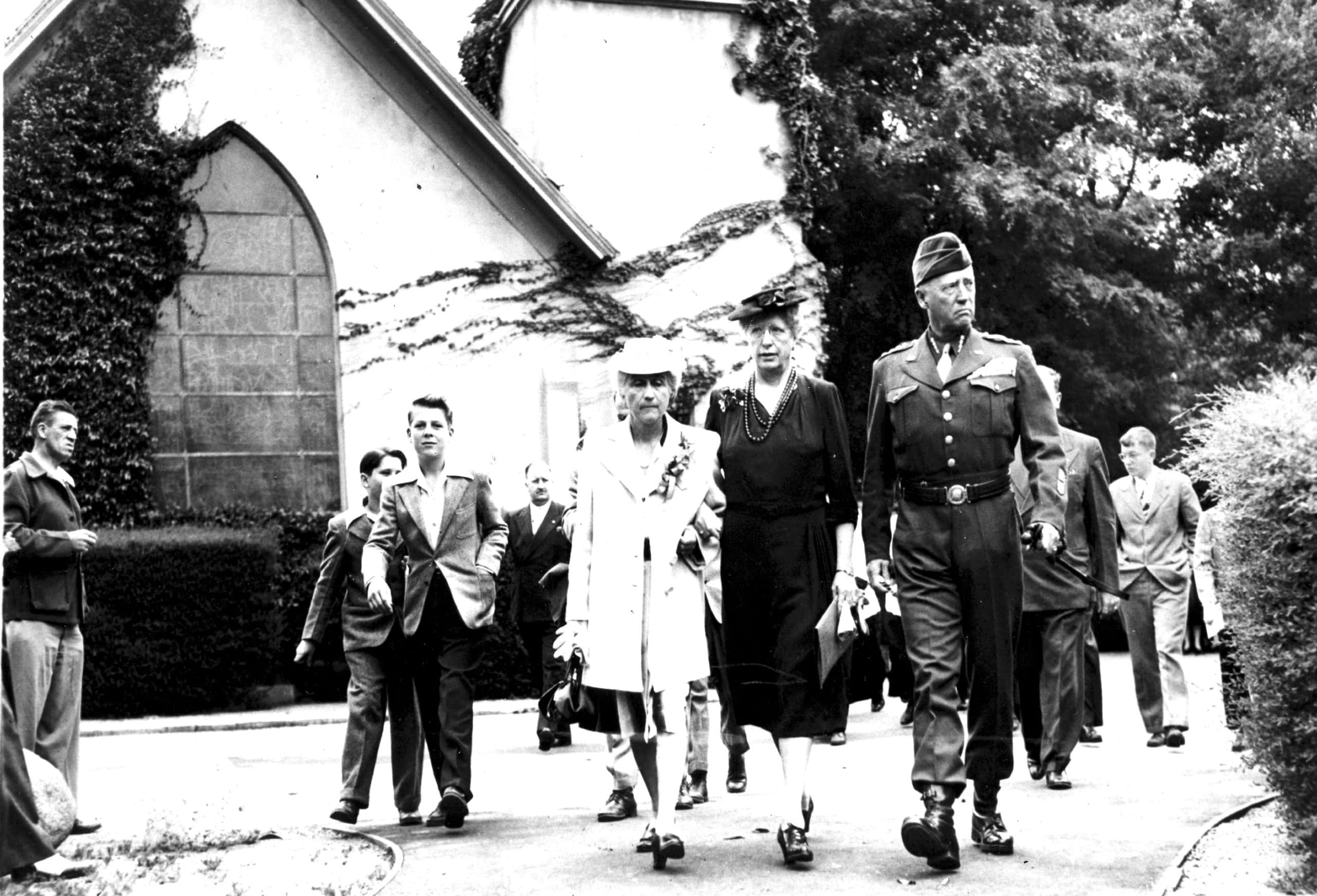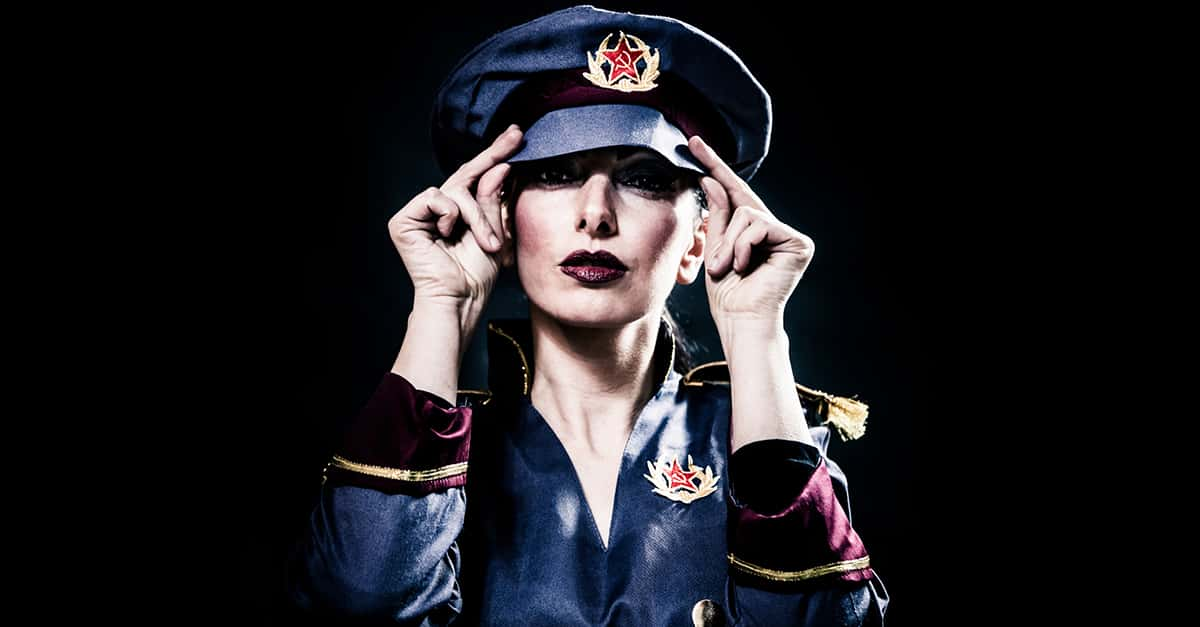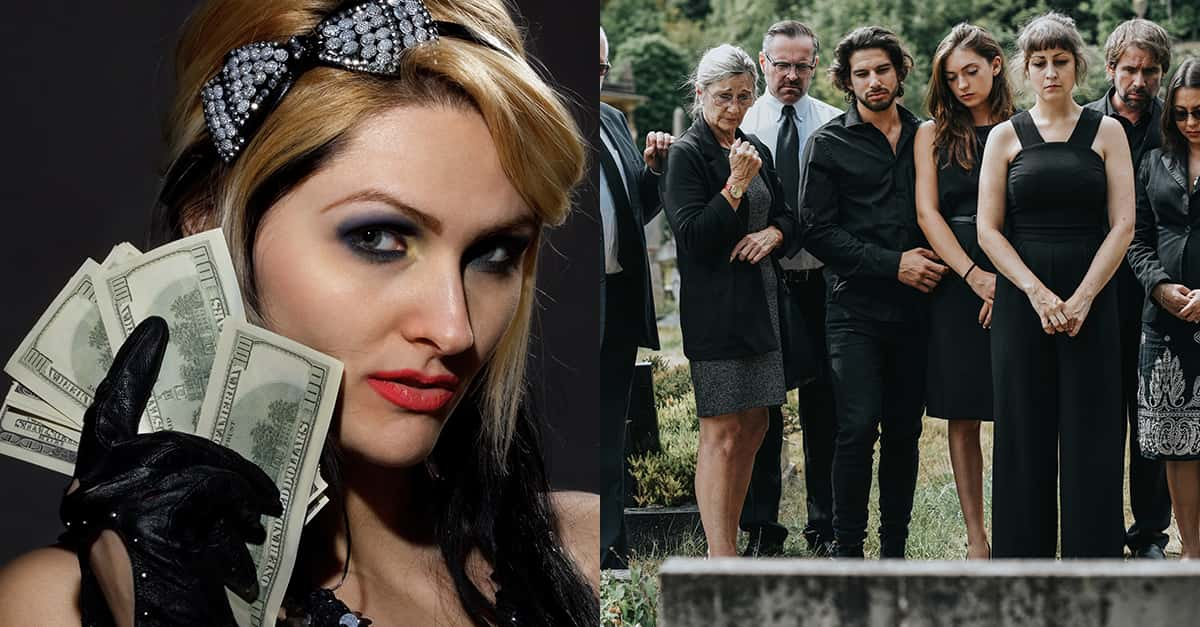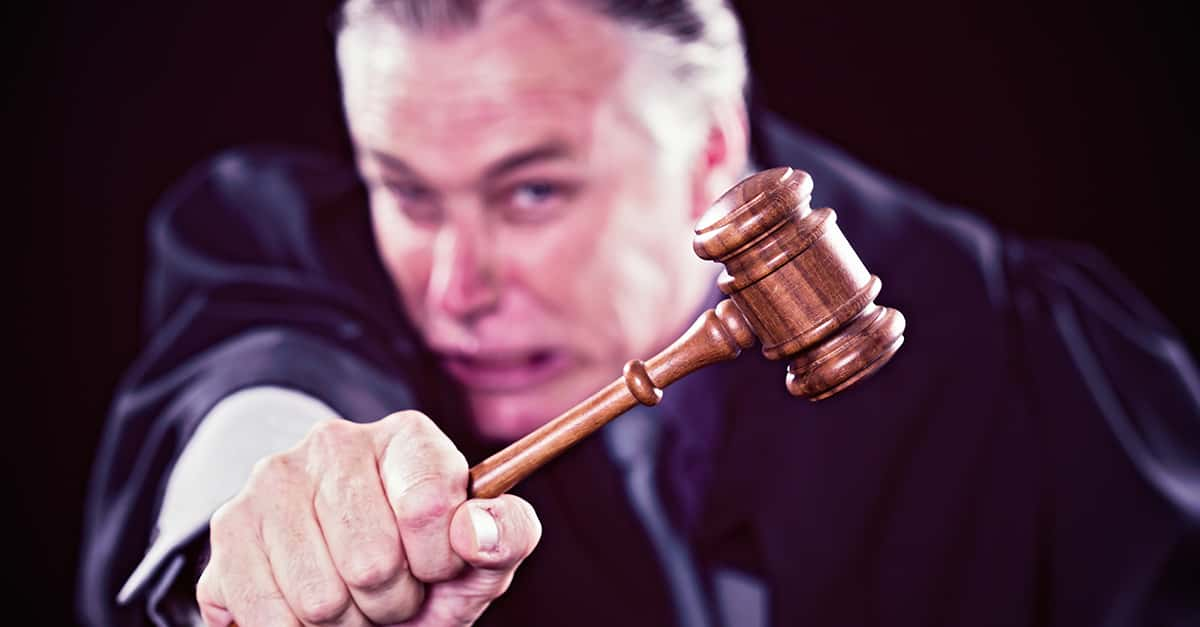While the Second World War led to a lot of men becoming hailed as heroes, one could argue that the most prominent American general to emerge from that conflict was George S. Patton. His reputation was further solidified with the classic 1972 biopic Patton, which made an iconic image out of the general standing in front of a huge American flag giving a speech. Of course, the film also remembered to depict a furious Patton slapping a man claiming to be shell-shocked, calling him a coward and refusing to believe in PTSD. Like him or hate him, Patton was a force of nature that played a crucial role in the victory of the Allies during the war. So what shaped this person into the man—and legend—that he became? And was that slap the worst sin he committed? Find out more about George S. Patton below!
1. Enough War for a Lifetime
Although Patton is most famous for his actions during the Second World War, Patton also participated in the Mexican Revolution and the First World War. His active military duty lasted from 1909 to 1945.
2. Origin Story
George Smith Patton Jr. was born to his mother, Ruth Wilson, and his father, George Smith Patton Sr., on November 11, 1885, in San Gabriel, California.
3. Missed a Step…
While Patton was called Jr., he was actually the third person in his family to have the name George Smith Patton. His father had been born with a different name but changed it to honor his own father. Patton’s own son became known as George Smith Patton IV.
4. A Proper Education?
Patton was enrolled at a private school when he was 11 years old. It was Stephen Clark’s School for Boys in the city of Pasadena. Before that, Patton had been homeschooled. He would stay at the School for Boys for six years.
5. Call That a Victory Lap?
Patton was nominated by a senator from California for entry into West Point, the prestigious military academy. It was noted that he thrived when it came to the routines and martial training of West Point. However, he did such a bad job with his academics, specifically the subject of mathematics, that he had to repeat his first year!
6. In This Life or the Next
Patton fervently believed in reincarnation, and was convinced that he had been a soldier throughout many past lives. To be fair, his family history doubtlessly played a part in this mindset, but more on that later.
7. Study the Greats
You’d be hard pressed to find a 17-year-old who has even half a clue as to what they want to do for the rest of their lives. Patton, however, was such a teenager. He’d spent his youth reading about military history. In particular, he was enthralled by the stories of such conquerors as Julius Caesar, Hannibal, and Napoleon Bonaparte.
8. Royal Blood
Patton’s family were descended from English nobility and royalty, it turns out. They claimed as ancestors many barons who had put their names on the Magna Carta, the document which limited the royal powers of the English kings. In a slightly ironic twist, the Pattons were also descended from King Edward I of England.
9. It W1as a Stacked Year
While at West Point, Patton took up various sporting activities before excelling in the modern pentathlon. In fact, Patton was so good that he went to the 1912 Summer Olympics in Stockholm. While Patton didn’t win any medals, he did come in fifth place. Bizarrely, all four athletes who finished ahead of him were representing Sweden!
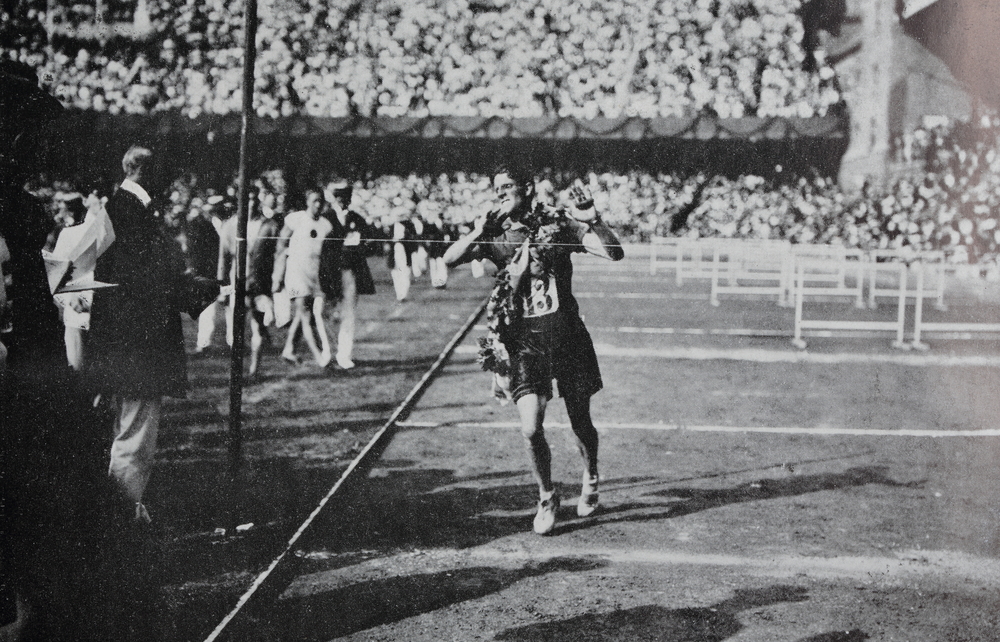

History's most fascinating stories and darkest secrets, delivered to your inbox daily.
10. They Drove Old Dixie Down
Patton’s grandfather and great-uncle both died on the battlefields of the Civil War. George Smith Patton, the first of his name, died in the Third Battle of Winchester while under the command of Jubal Early. Walter T. Patton met his end during the infamous ill-fated attack known as Pickett’s Charge at the Battle of Gettysburg.
11. Presidential Ties
In another case of ancestry, Patton was supposedly descended from the same man who happened to be George Washington’s great-grandfather.
12. If You Want Something Done Right…
In his younger years at West Point, Patton became a highly accomplished fencer. In fact, he would even design a new sword to improve his abilities. The sword is known as the Model 1913 Cavalry Saber, but it is also known as the Patton Saber after its designer.
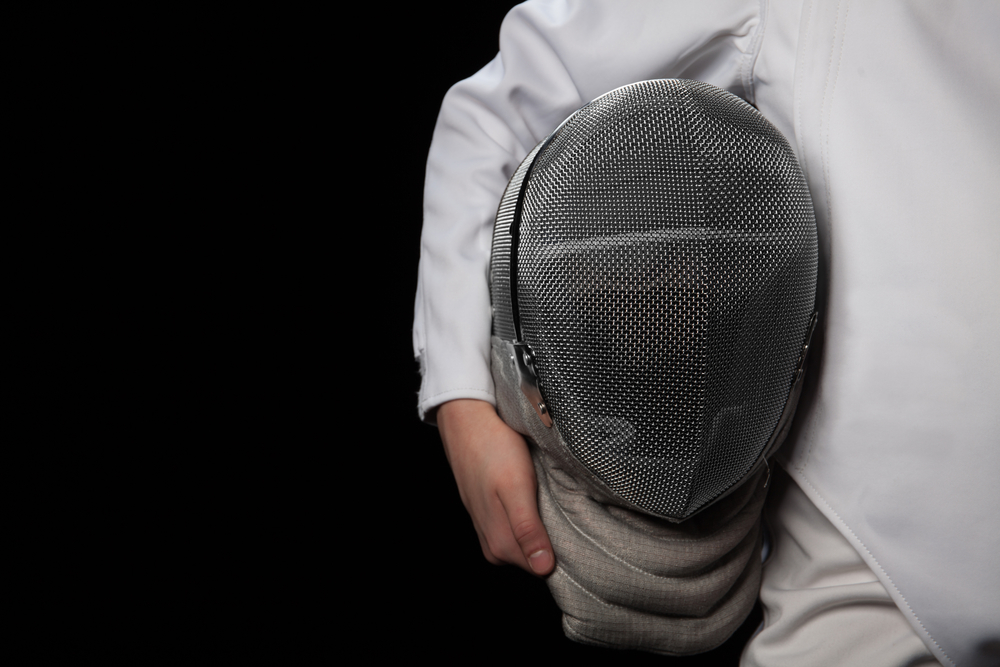
13. Martial Mentor
One of Patton’s biggest inspirations was John J. Pershing. Patton served as Pershing’s personal aide when American forces were deployed after Pancho Villa, the famous Mexican revolutionary leader. Pershing grew to admire Patton’s dedication and work ethic, while Patton was inspired by Pershing’s example as a leader. Patton would go on to adopt Pershing’s policies of leading troops from the front and relying on “strong, decisive actions.”
14. Friend in High Places
Patton’s association with John Pershing ensured that Patton got to fight in World War One. Patton had initially been stationed at Front Royal in Virginia, but Pershing (now the commander of the American Expeditionary Force) insisted that Patton be a member of his staff. Never underestimate networking!
15. Call That the Median?
Patton graduated from West Point on June 11, 1909. He was ranked 46th out of 103 cadets.

16. Silver Lining, Am I Right?
Patton was chosen to take part in the 1916 Summer Olympics, but these ended up being canceled due to nearly everyone in Europe getting involved with the First World War. Given how things turned out, we can’t imagine Patton regretted missing the Olympics.
17. First to the Fight
In one of his first chances to actually lead troops, Patton, then only a second lieutenant, confronted three of Pancho Villa’s men on May 14, 1916. Patton personally wounded all three of them during the attack before they were killed.
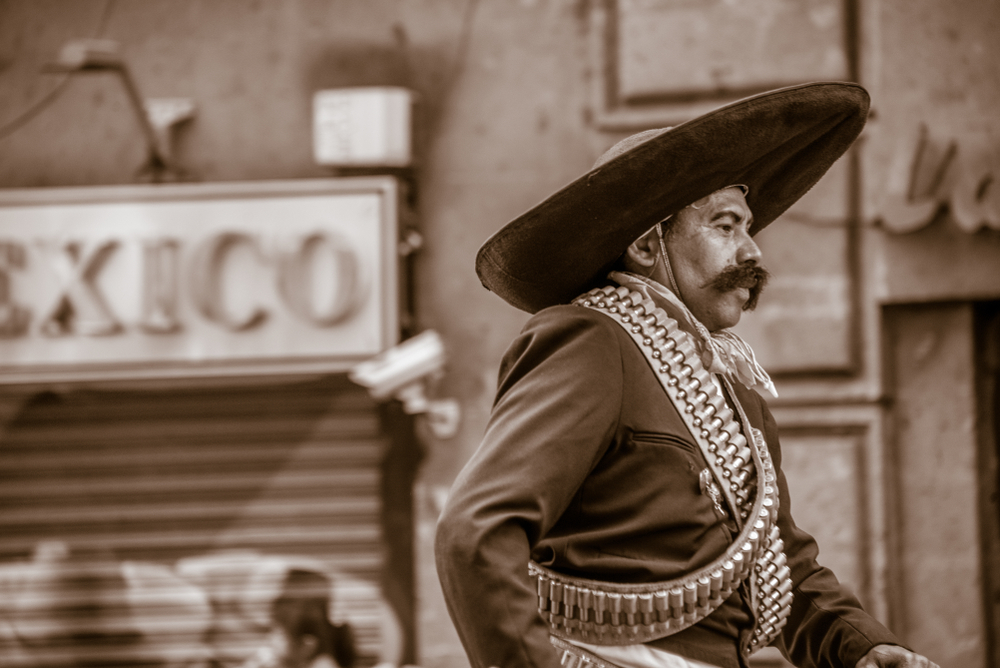
18. Love and Marriage
On May 26, 1910, Patton married Beatrice Banning Ayer. The two of them had three children together. Beatrice Smith was born in 1911, Ruth Ellen was born in 1915, and George Smith was born in 1923.
19. What Does That Make the Casualties Then?!!
By all accounts, Patton had great respect for the men under his command and held anyone wounded in battle with particular reverence. While visiting the US after the Second World War ended in Europe, Patton publicly declared in a speech that those wounded were the “real heroes.” Predictably, this caused controversy with those families whose relatives weren’t lucky enough to be wounded, but killed instead.
20. Patton & Ike
Patton and Dwight D. Eisenhower are arguably the two most famous Americans to fight in the Second World War—sorry, MacArthur. Both men would greatly influence each other’s careers for better or worse. Interestingly, they first met in 1919 in Washington, DC. From then on, they would regularly communicate with each other.
21. Sly Fox
One other important person in Patton’s life was Colonel Fox Conner. Patton met Conner when he was in Europe during the First World War. John Pershing was trying to get Patton command of an infantry battalion. However, Patton’s eye was wandering elsewhere. While he was ill in the hospital, Patton met Conner, who encouraged the younger man to consider tanks instead.
22. The New Trend
It’s hard to imagine nowadays, but tanks were very new in 1918. So new, in fact, that when ten tanks were brought to the Tank School in Bourg, Patton was the only US soldier there with any tank driving experience—he’d spent much of 1917 getting trained in driving tanks.
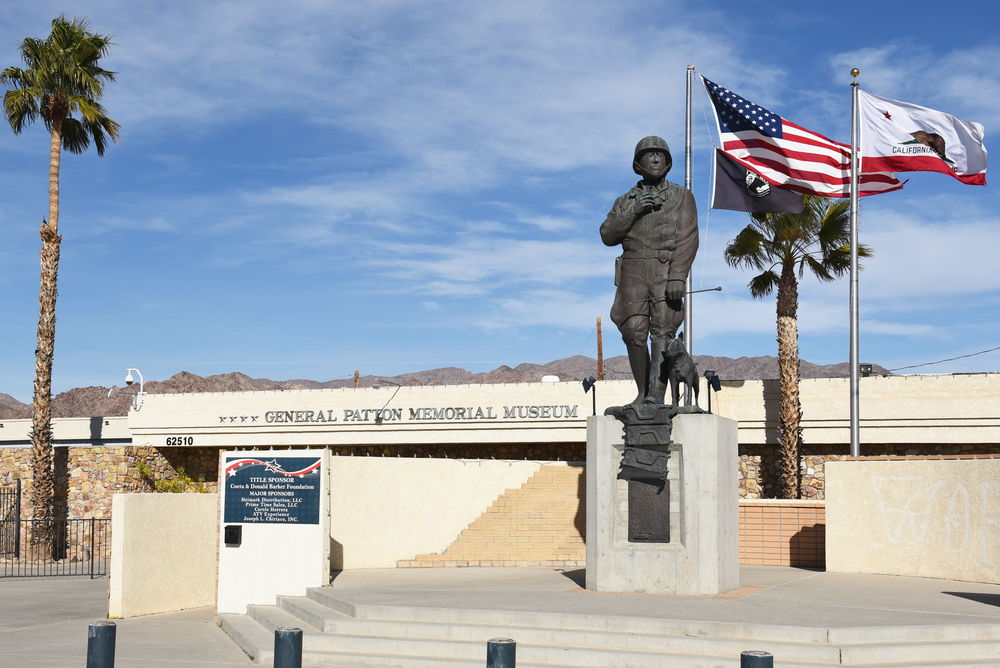
23. You’ll Go Far, Young Man
Speaking of 1918, that year was an important one for Patton when it came to promotions. He was made into a major on January 26 and was promoted to lieutenant colonel on April 3! He also began attending the Command and General Staffing College in Langres that year, and was promoted to a full colonel on October 17.
24. Armed and Deadly
In 1915, Patton was part of the expedition against Pancho Villa when his Colt .45 accidentally discharged while it was stuffed into his belt. After that close call, Patton switched his pistol for a Colt Single Action Army revolver. Patton also had it come with an ivory handle. It would be a part of his unique image for the rest of his life.
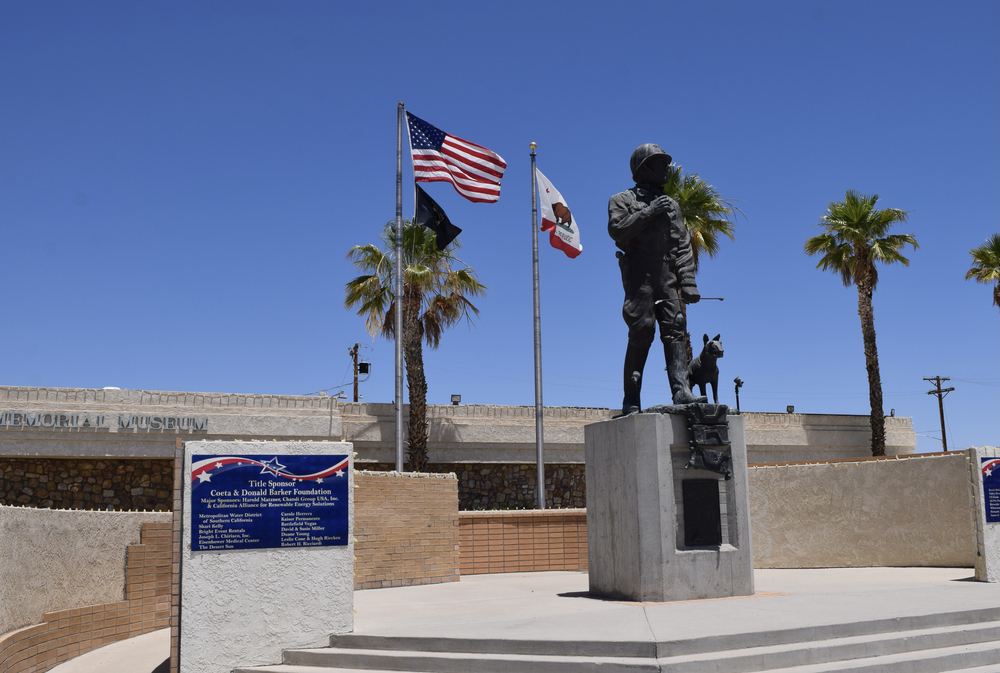
25. A Name Is Coined
During the Second World War, Patton was answering questions of war correspondents when he infamously declared that it took “blood and brains” to win battles. A journalist was inspired to paraphrase Patton and nicknaming him “Old Blood and Guts.” The moniker was adopted by his soldiers, who even changed it to “our blood, his guts” to describe his generalship.
26. Do I Hear a “Wha Wha Whaaaa”?
In one of the most ironic moments of Patton’s life, he was carrying out a campaign against German general Erwin Rommel in northern Africa when he was assured by three officers working for Air Marshal Arthur Coningham that air support was being provided. The meeting wasn’t even over before Patton’s base was attacked by German planes! Part of Patton’s own office collapsed all around him and nearly resulted in his death.
27. No Hard Feelings
Surprisingly—or in true Patton fashion—Patton didn’t hold a grudge against those German pilots who made a fool of Arthur Coningham. When he spoke about the incident, Patton commented: “If I could find the sons of [redacted] who flew those planes, I’d mail each of them a medal.”
28. No Faint Praise
While it’s hard to compare different military leaders and their success rate, one clear measure is what a person’s friends and foes think of them. Patton alienated several people, including President Harry Truman and most British commanders during the Second World War. However, nobody had anything but praise for his overall military record. From Bernard Montgomery to Henri Gerard to Joseph Stalin, Patton’s allies were deeply impressed by his aggressive, rapid marches across Europe. Even Erwin Rommel, one of his strongest rivals, claimed that Patton was responsible for “the most astonishing achievement in mobile warfare.”
29. Progress, No Matter How Minimal
While Patton’s views on race are questionable at best, it’s worth noting that he was one of the first commanders in the US army to “integrate black and white soldiers into the same rifle companies.” That’s a start, at least.
30. Well, This is Awkward…
In 1932, a massive protest involving 17,000 World War I veterans and their families—43,000 in all—took place in the US capital city of Washington, DC. They expressed their disgust with the lack of work during the Great Depression. The soldiers had also been given compensation certificates in 1924, which they couldn’t redeem until 1945. Now, however, the veterans wanted the money immediately in order to feed their families.
In response to this march, General Douglas MacArthur led infantry, cavalry, and tanks against the marchers—which again, included children. Patton commanded the tank, despite his private disgust with MacArthur’s tactics and his sympathy for the protesters. In a rather ironic moment, one of Patton’s former orderlies was involved in the march!
31. Back Off, Poseidon!
In the summer of 1923, a boat trip off the coast of Massachusetts led to several children falling off a yacht. Patton, who happened to be there, intervened and saved the children’s lives. For this, he was awarded the Silver Lifesaving Medal.
32. Fair Play or Snub?
While Patton was competing at the 1912 Olympics, specifically the pistol range part of his event, he used a .38 caliber pistol instead of the .22 caliber gun that his competitors were all using. This caused a controversial incident when he and the judges disputed his shooting record. Patton claimed that some of his bullets passed through the same hole in the paper target, while the judges decided that he’d actually missed the target with one of his shots. It was this ruling more than anything which put him out of the top three spots for his event.
33. Give Me More!
Following the end of the Second World War in Europe, Patton was made the military governor of the German region of Bavaria. However, he hadn’t lobbied for such a position; he had urgently tried to get transferred to the war going on in the Pacific.
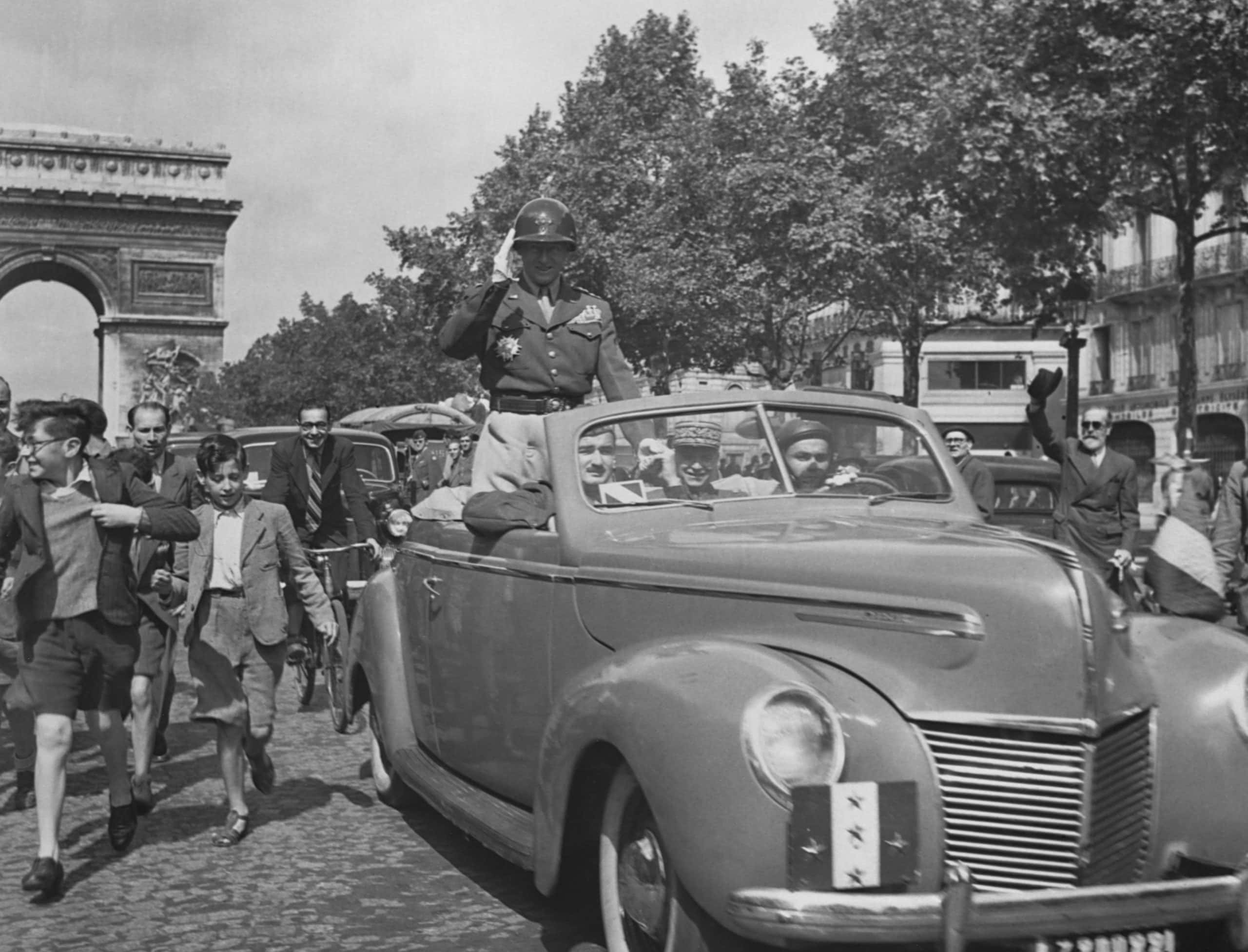 Getty Images
Getty Images
34. A Foot Permanently in his Mouth
As for his position as Bavaria’s military governor, Patton once again came under fire in the eyes of the press and the public when he allowed several former members of the Nazi Party to continue holding administrative positions. Patton argued that anyone working administrative jobs in Germany would have had to join the Nazi Party. He compared it to throwing out all Democrats and Republicans from offices in the US. This line of defense didn’t work for Patton, however, and he was relieved of his duties by a fed up Eisenhower.
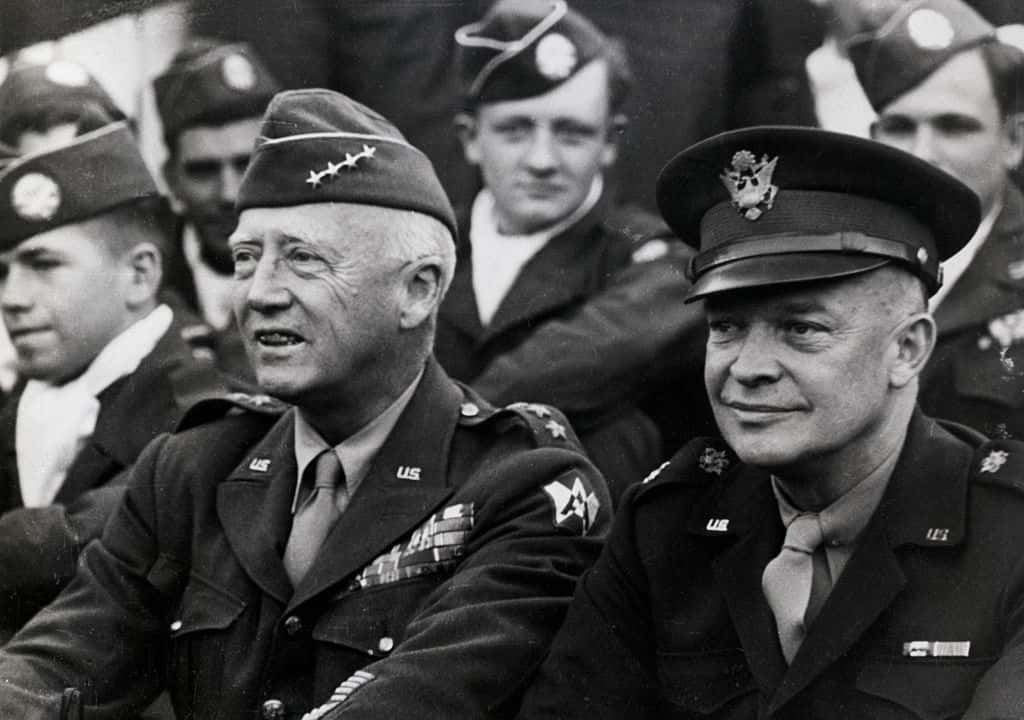 Getty Images
Getty Images
35. All the Accolades
Among the awards Patton received during for his actions in the First World War include the Purple Heart, the Distinguished Service Medal, and the Distinguished Service Cross.
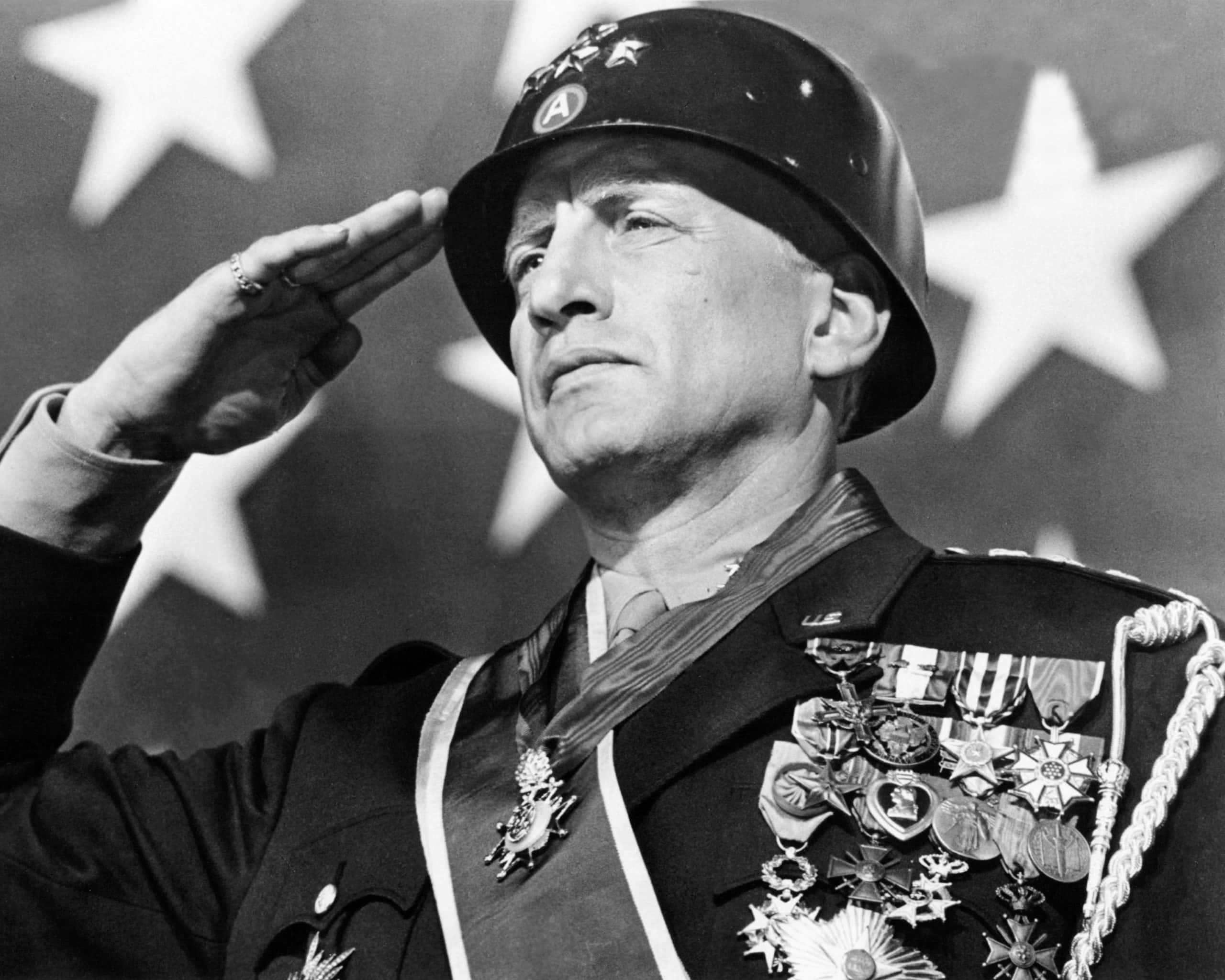 Getty Images
Getty Images
36. No Thanks, Academy
Patton, the biographical film based on the famous general, was a resounding success critically and commercially. Interestingly, George C. Scott, who portrayed Patton, became the first person to refuse his Best Actor award—Marlon Brando would jump on that bandwagon just a couple of years later. Scott’s reasoning was that he strongly disliked the idea of an awards system for acting. We can’t fully disagree with that kind of concern, to be honest.
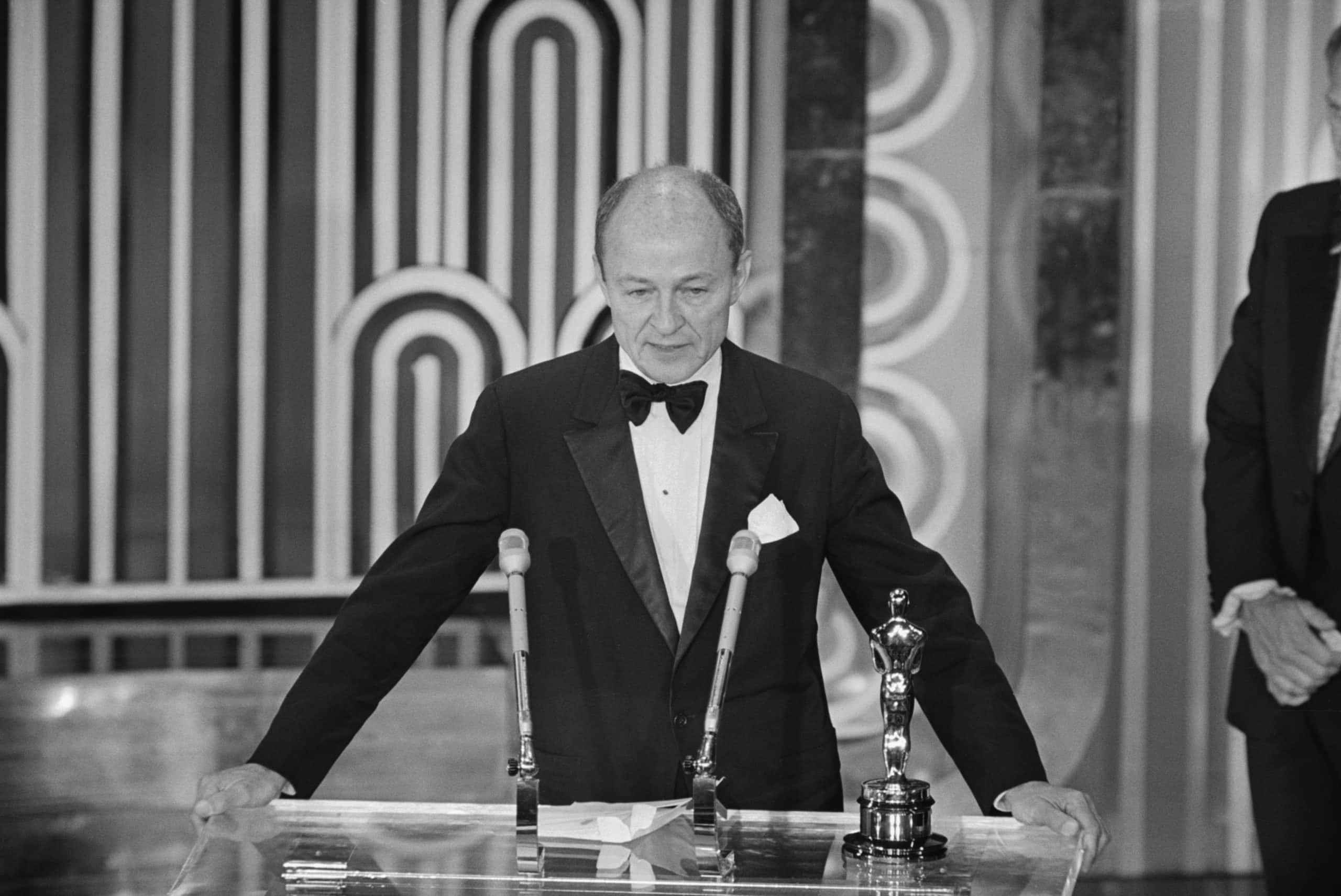 Getty Images Frank McCarthy Accepting Oscar for George C. Scott
Getty Images Frank McCarthy Accepting Oscar for George C. Scott
37. Not With a Bang But a Whimper
On December 8, 1945, Patton was involved in a car accident while he was still in Europe. Patton not only broke his neck during the crash, but injured his cervical spinal cord. He spent the last 12 days of his life paralyzed from the neck down. Prior to his passing, he was said to have bitterly quipped, “This is a hell of a way to die.” Given all he’d been through in his life, it’s safe to say he wasn’t wrong.
38. The Phantom Army
In 1944, Patton was taken out of active duty to help dupe the Axis Powers into thinking that Patton was set to lead a massive invasion to the mainland of Europe. While this did happen, the Allies used Patton’s fake army to make the Axis powers think the invasion would be led against an entirely different location. So Patton was in charge of a completely mocked-up army camp which actually had no real equipment or soldiers. The illusion was so strong that the Germans were still on their guard for this Phantom Army’s invasion when D-Day was going on!
39. Not Cool, George
There was, however, another reason why Patton wasn’t used in direct combat for a year. In August 1943, Patton was visiting several army hospitals during his campaign in Sicily. At two such facilities, Patton encountered Charles H. Kuhl and Paul G. Bennett. Both men were suffering from what was called “battle fatigue”—nowadays, it’s called Post-Traumatic Stress Disorder (PTSD). Patton furiously screamed at the two men, calling them cowards, slapping them, and even pulled out his gun against Bennett in the middle of the hospital room!
40. Sick and Tired
While one report accuses Paul Bennett of having faked his PTSD to get away from the front lines, it was revealed that Charles Kuhl was not just riddled with PTSD, he was also sick from malarial parasites. Maybe you should have waited for a proper diagnosis before screaming and slapping, General?
41. Unprovoked Murders? Cover it Up!
In 1943, while Patton was campaigning in Sicily, he tried to cover up a massacre of Italian and German POWs (prisoners of war) at Biscari. He first claimed that the reports were exaggerated, and then suggested that the press not be told of what happened, and hide the details with outright lies. For what it’s worth, he did eventually change his mind and recommend that the people responsible be court-martialed, but shouldn’t that have been the first response?
42. Words Really Are Wind After All, Then
Interestingly, despite Patton’s outstanding military record, and despite it being the 1940s, there was a large public outcry when word of the slapping incidents became common knowledge. Demands to have Patton fired reached Eisenhower himself. Of course, given Patton’s military track record, Eisenhower had no intention of firing Patton. He did, however, reprimand Patton and make him apologize for his behavior.
Patton duly said sorry and shook hands with both men, but an eyewitness confirmed that the apologies were hardly sincere. Patton himself expressed his resentment at having to apologize at all, and he maintained that PTSD was “an invention of the Jews.” Did you forget which war you were fighting, Patton?
43. A Different Time
In between the World Wars, Patton was bored senseless by the lack of bloodshed and battle. It was during the late 1930s that Patton not only turned to alcoholism out of this boredom, but he began an affair with his wife’s 19-year-old niece! Amazingly, Patton’s wife didn’t separate from him, which speaks volumes about how different those days were. She even publicly defended him when the reports of the slapping incidents threatened to ruin his reputation and career.

